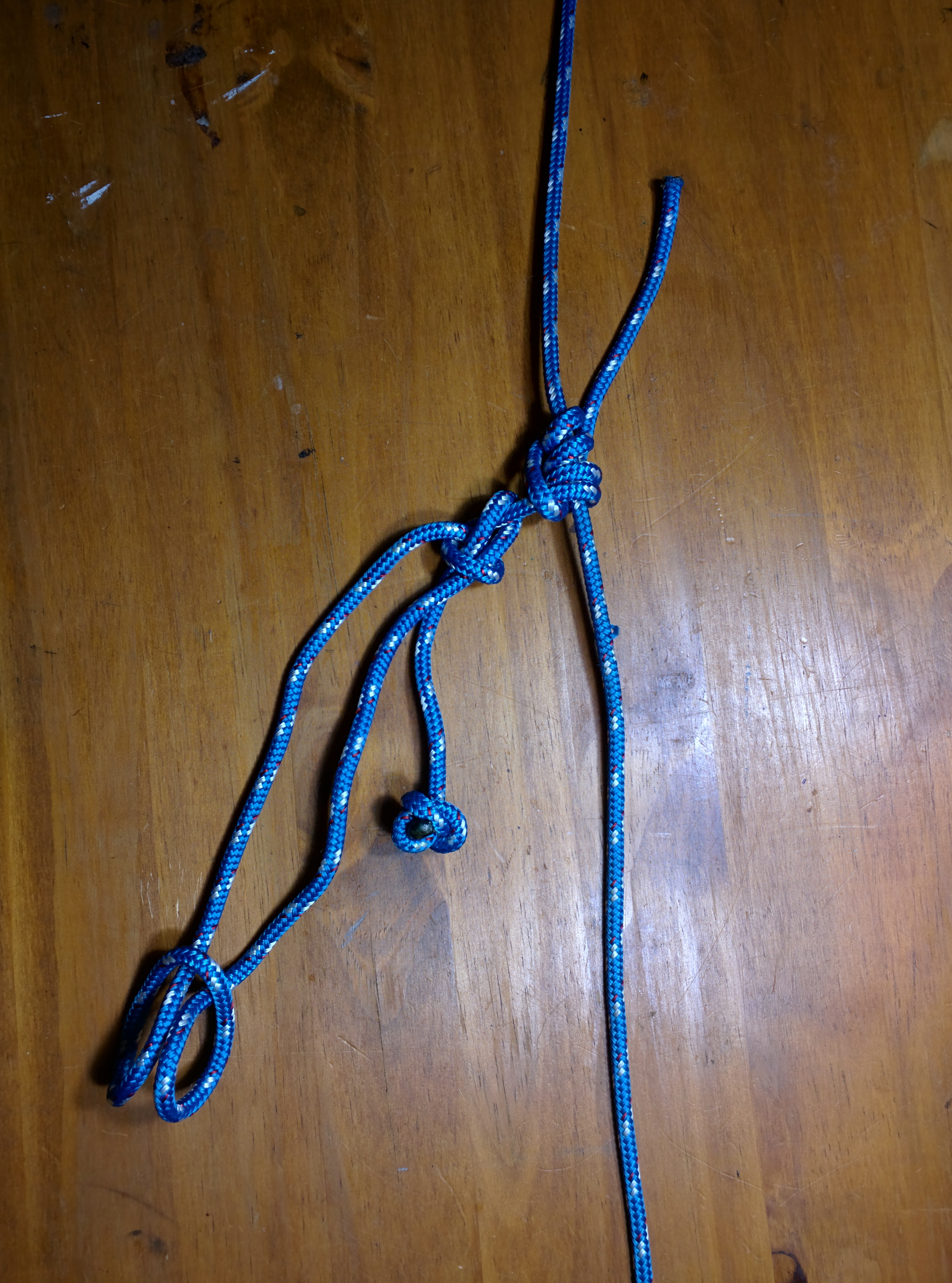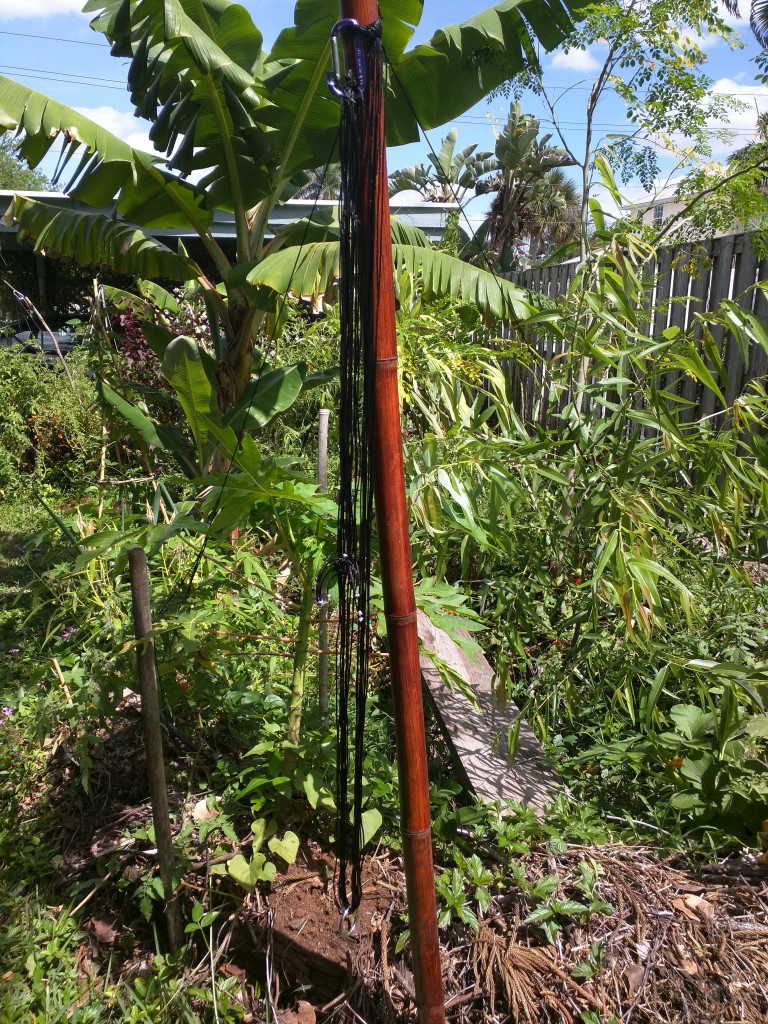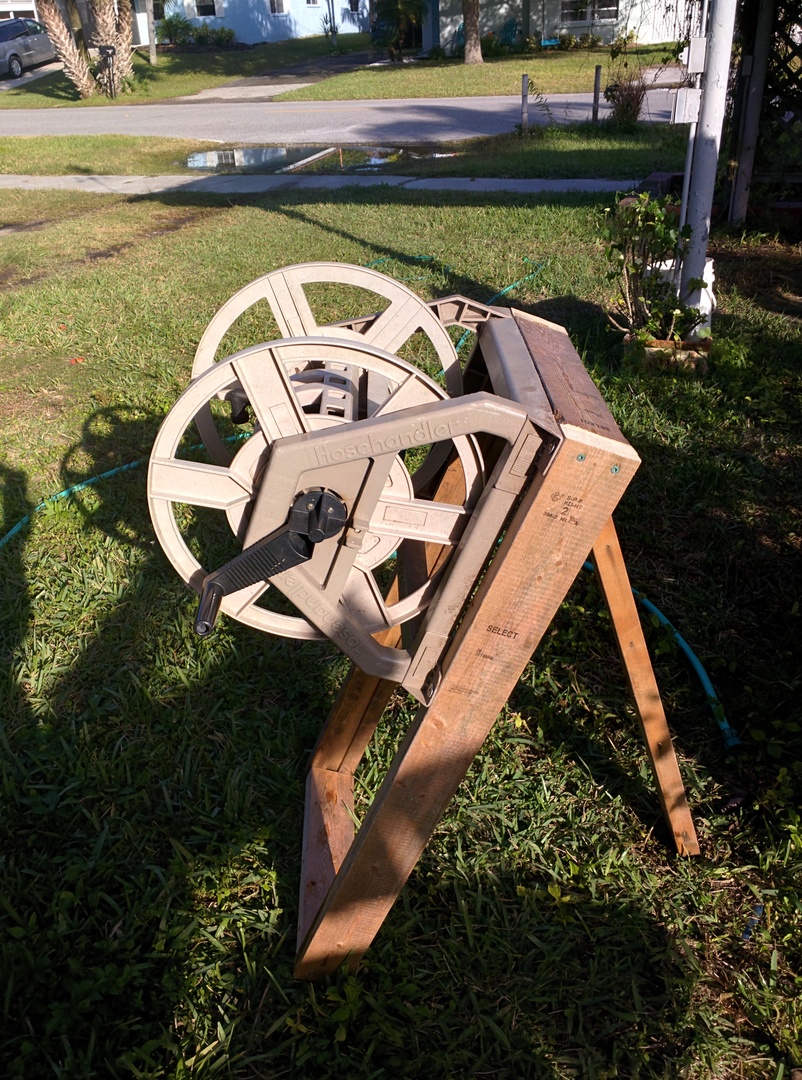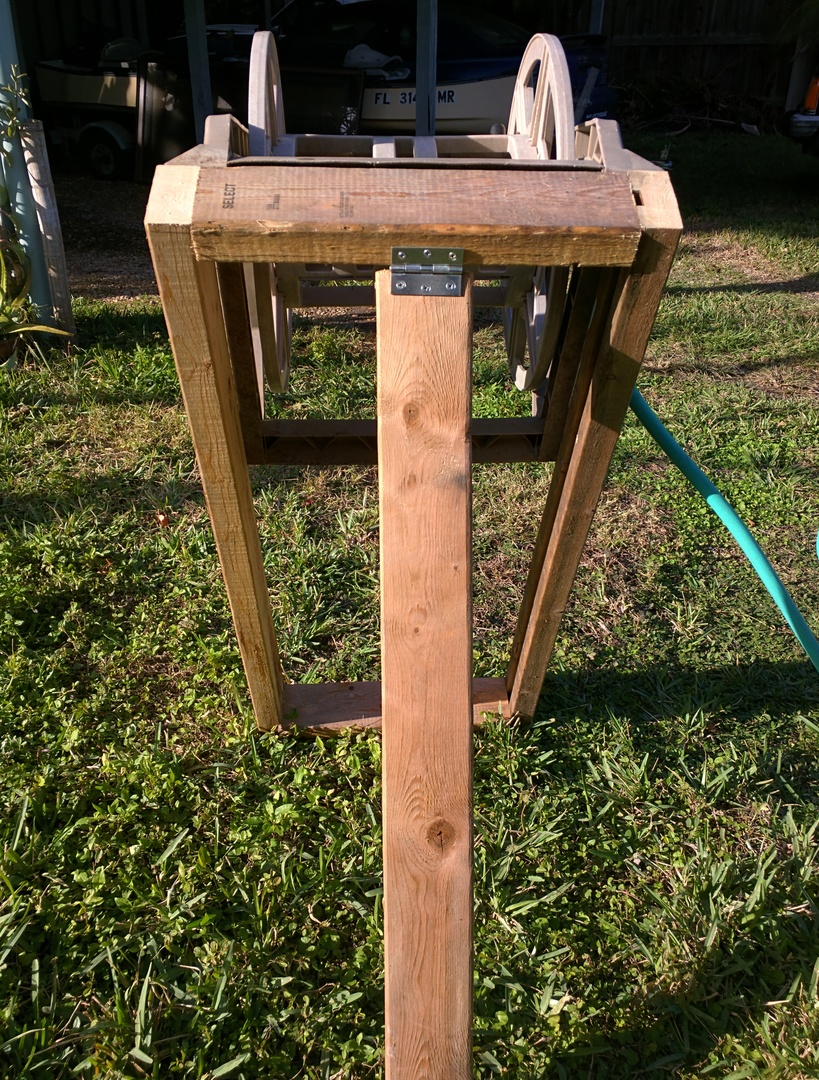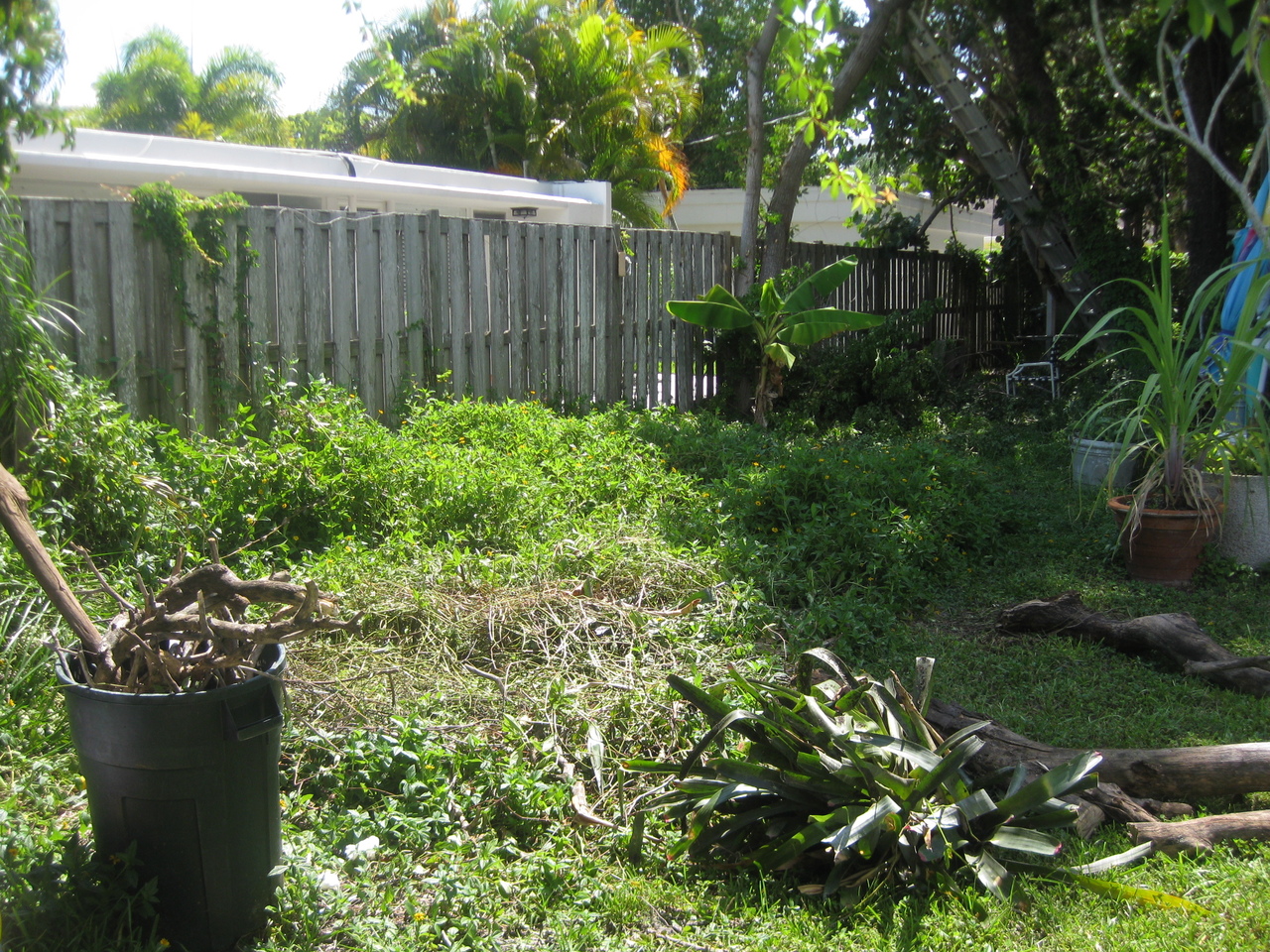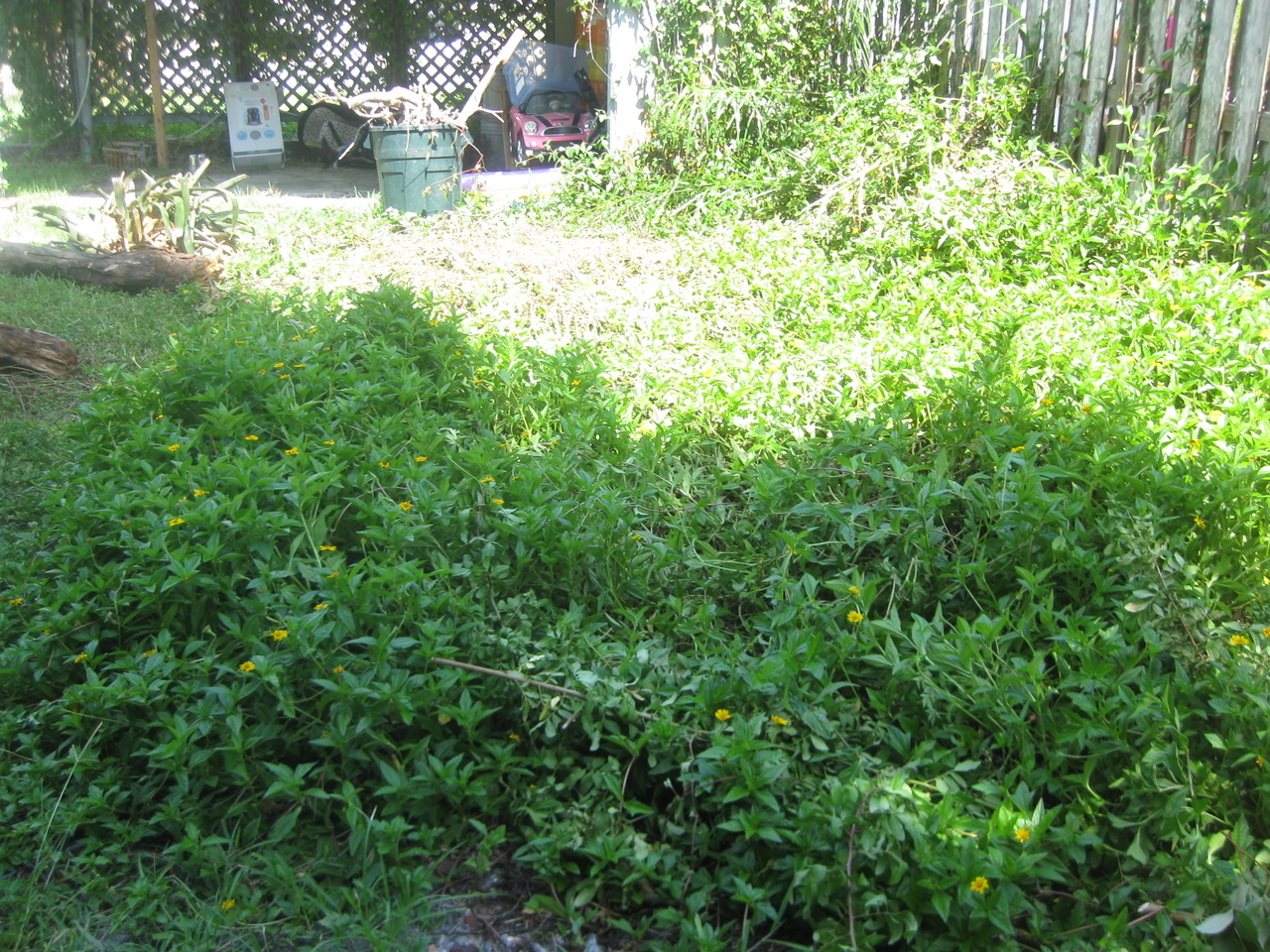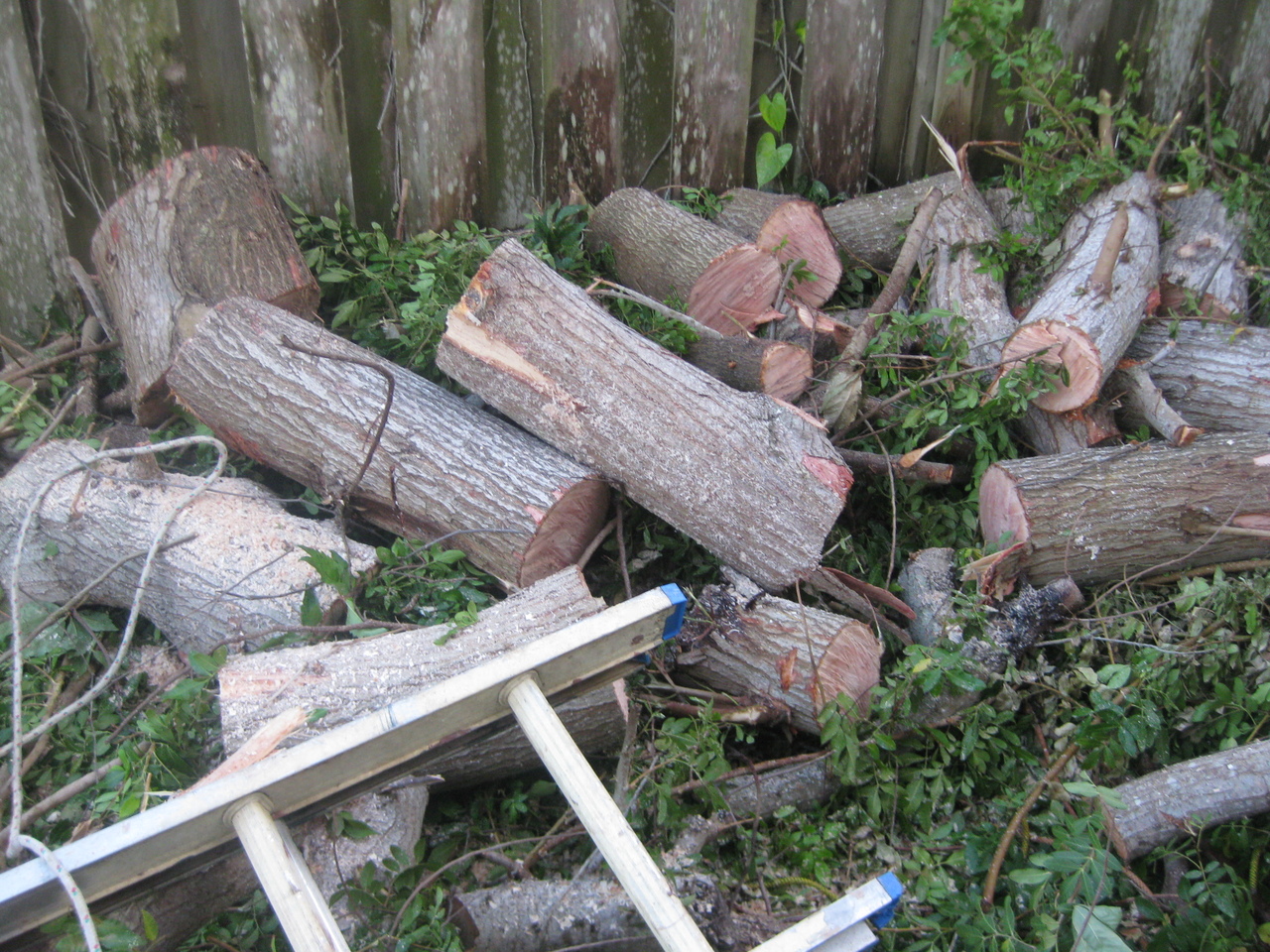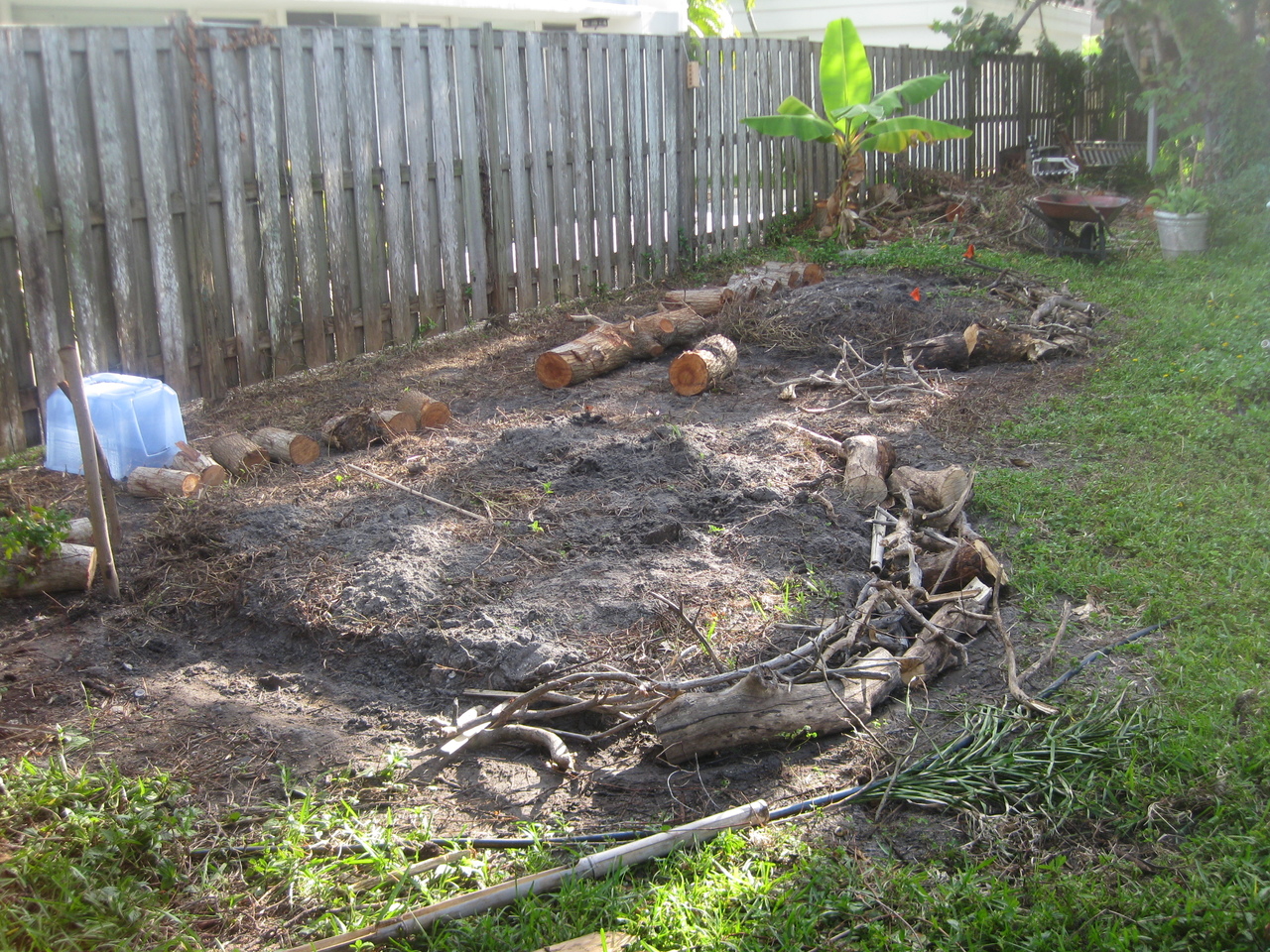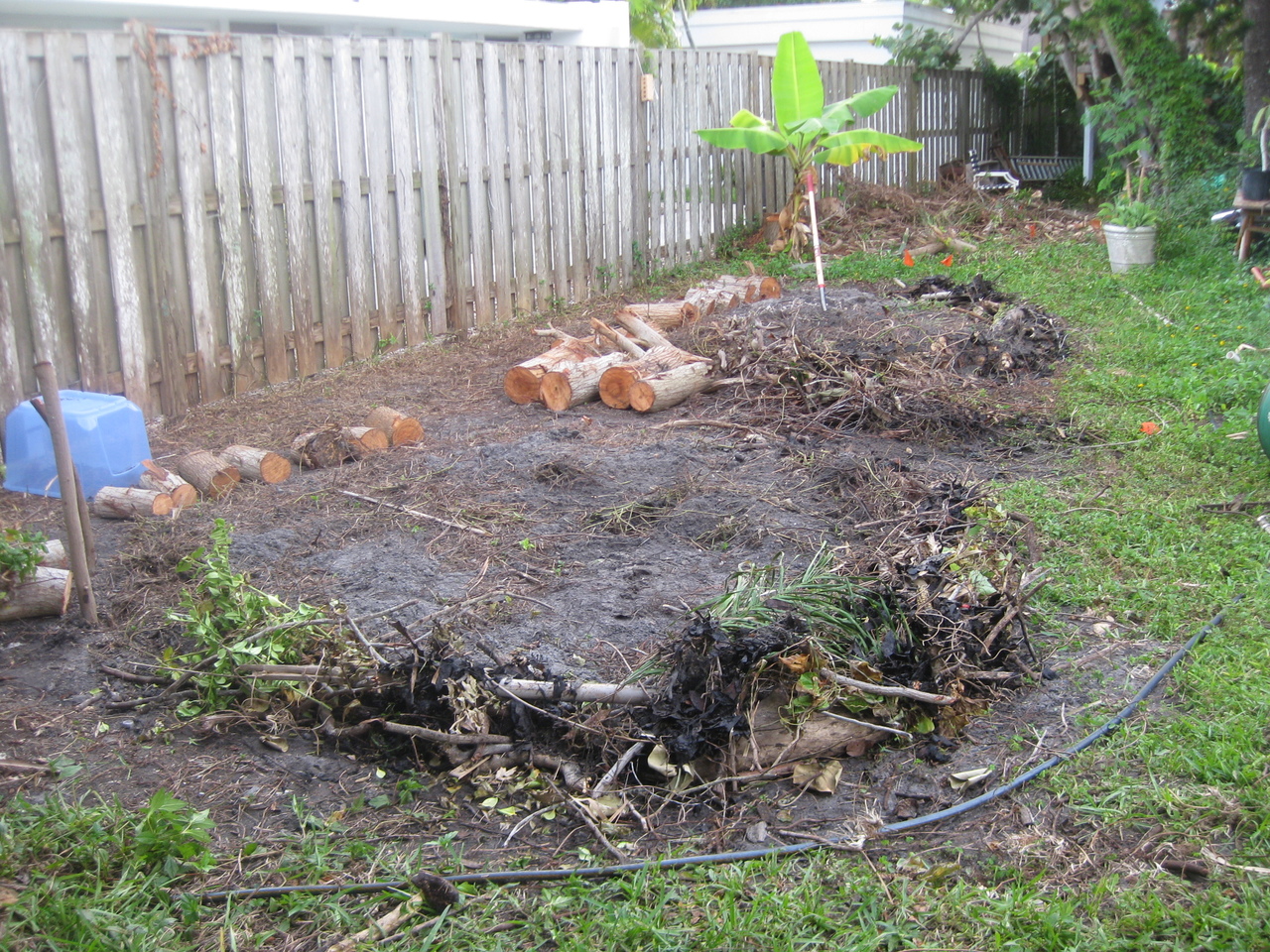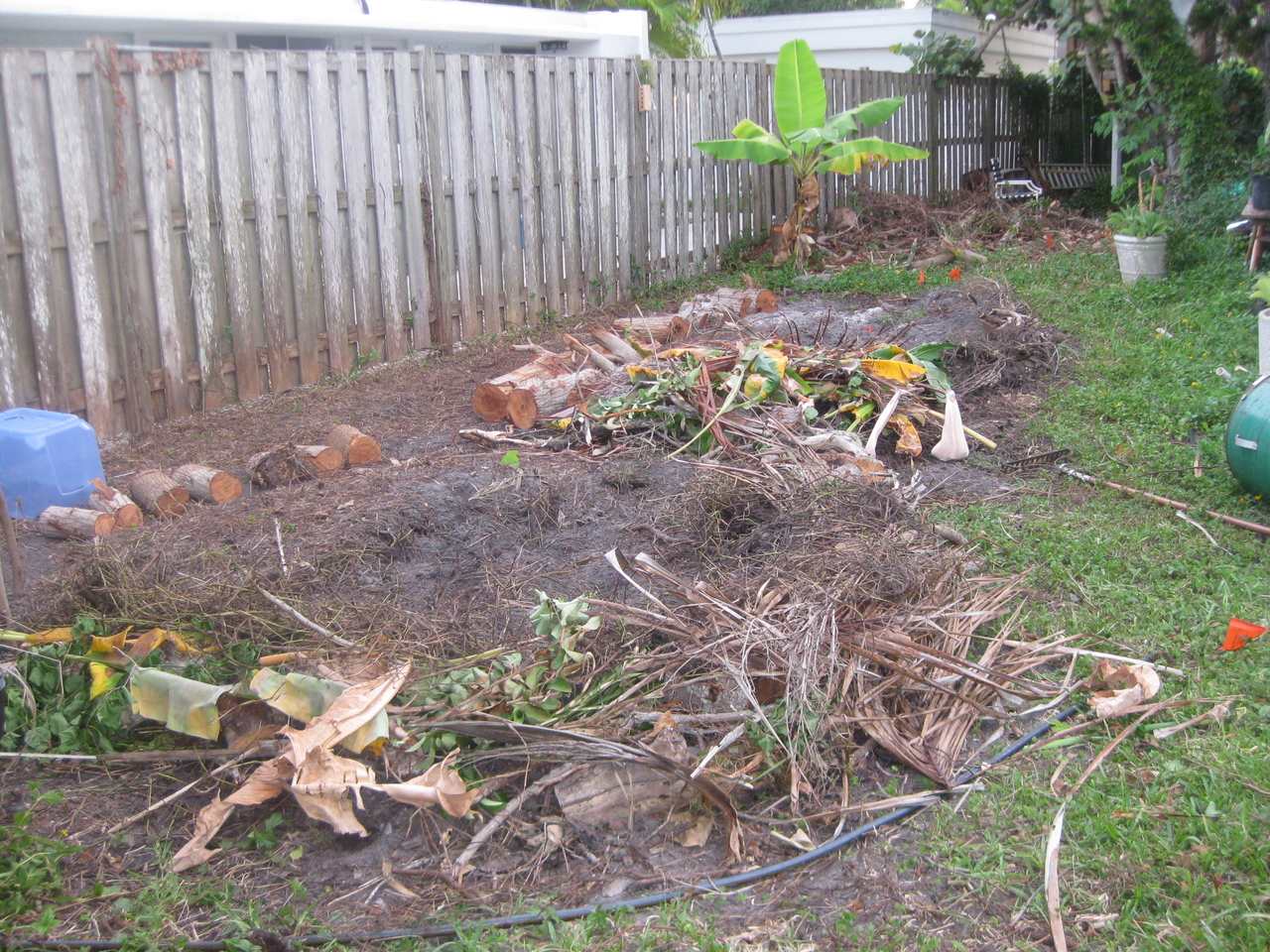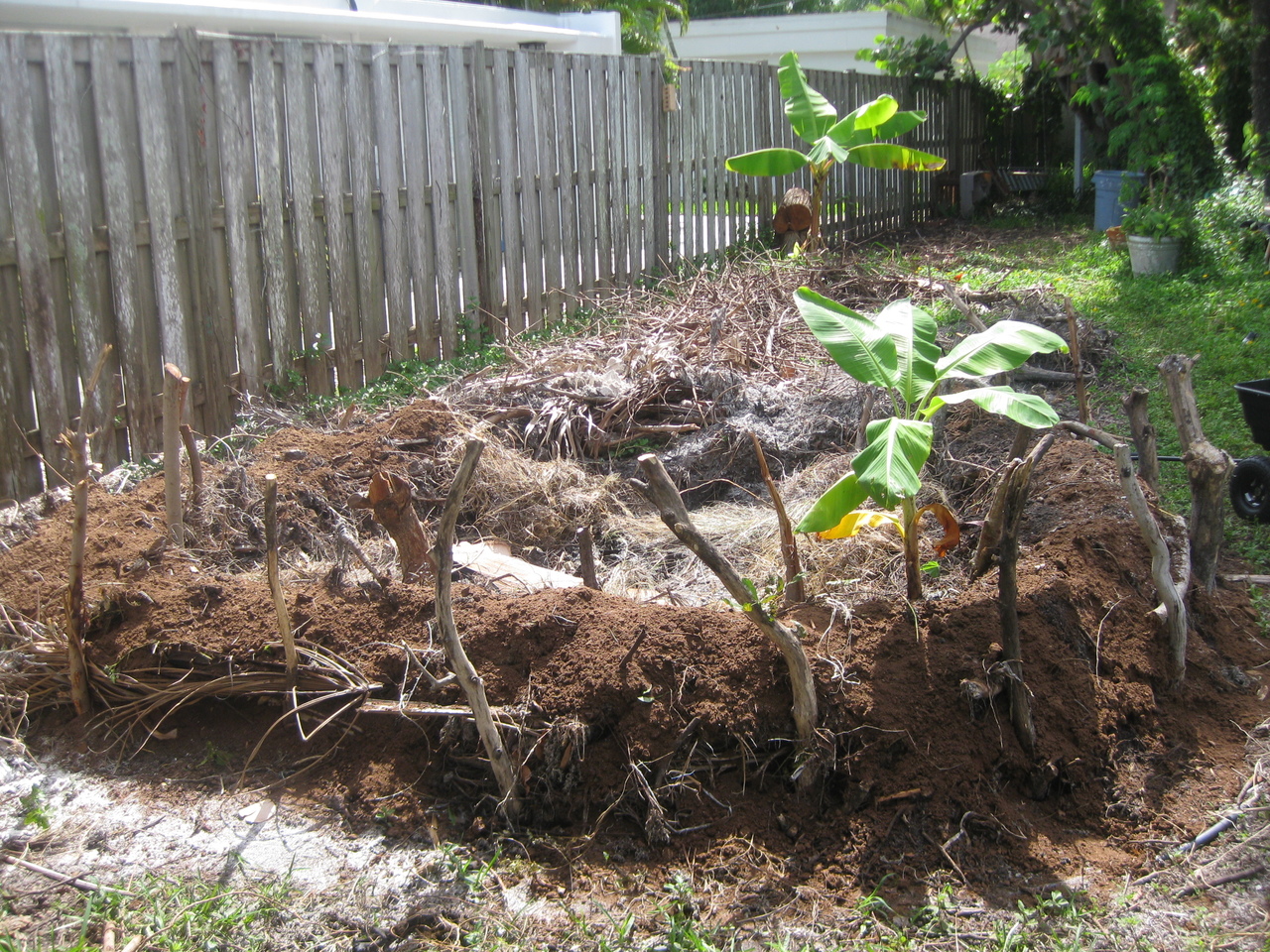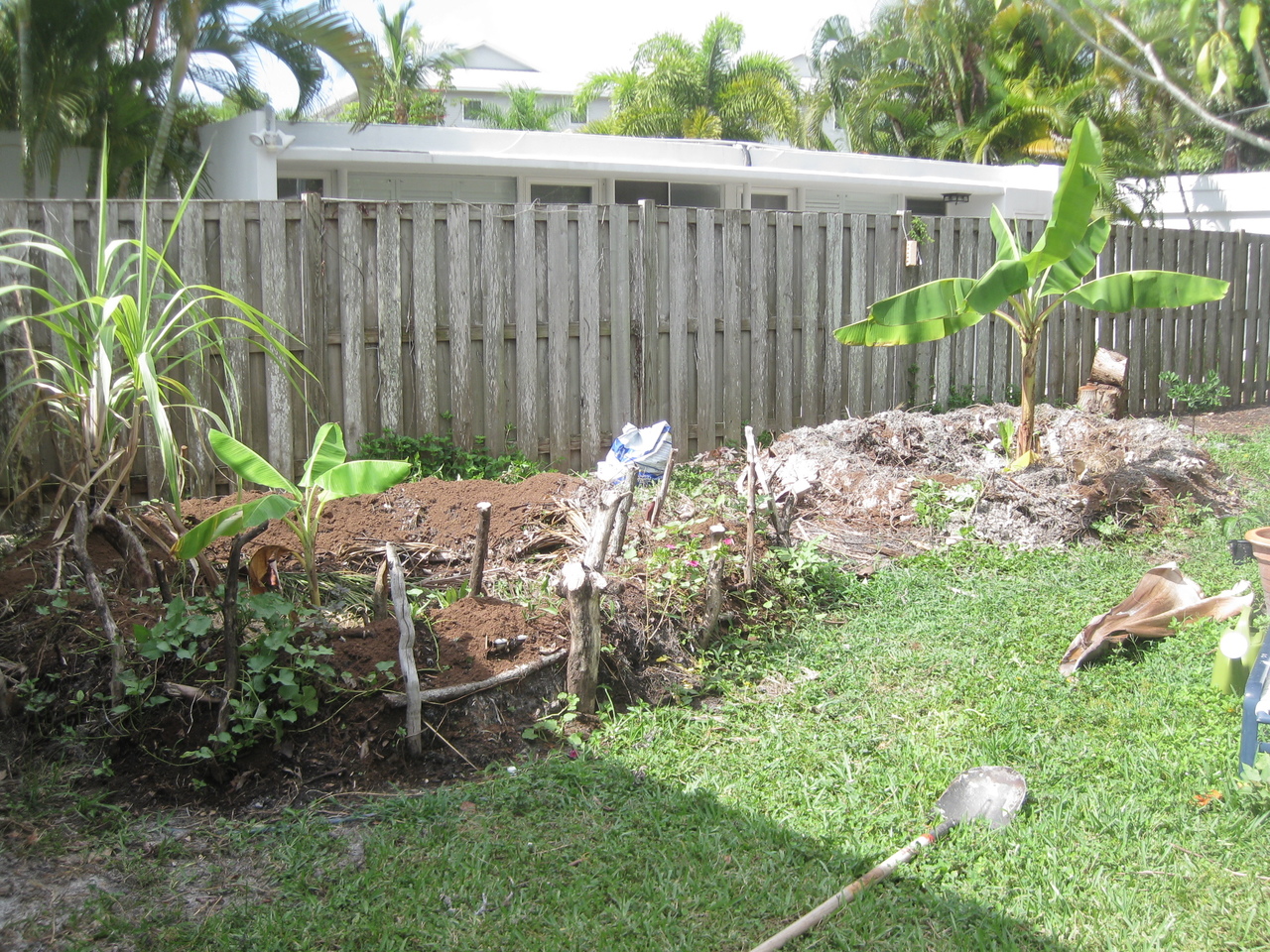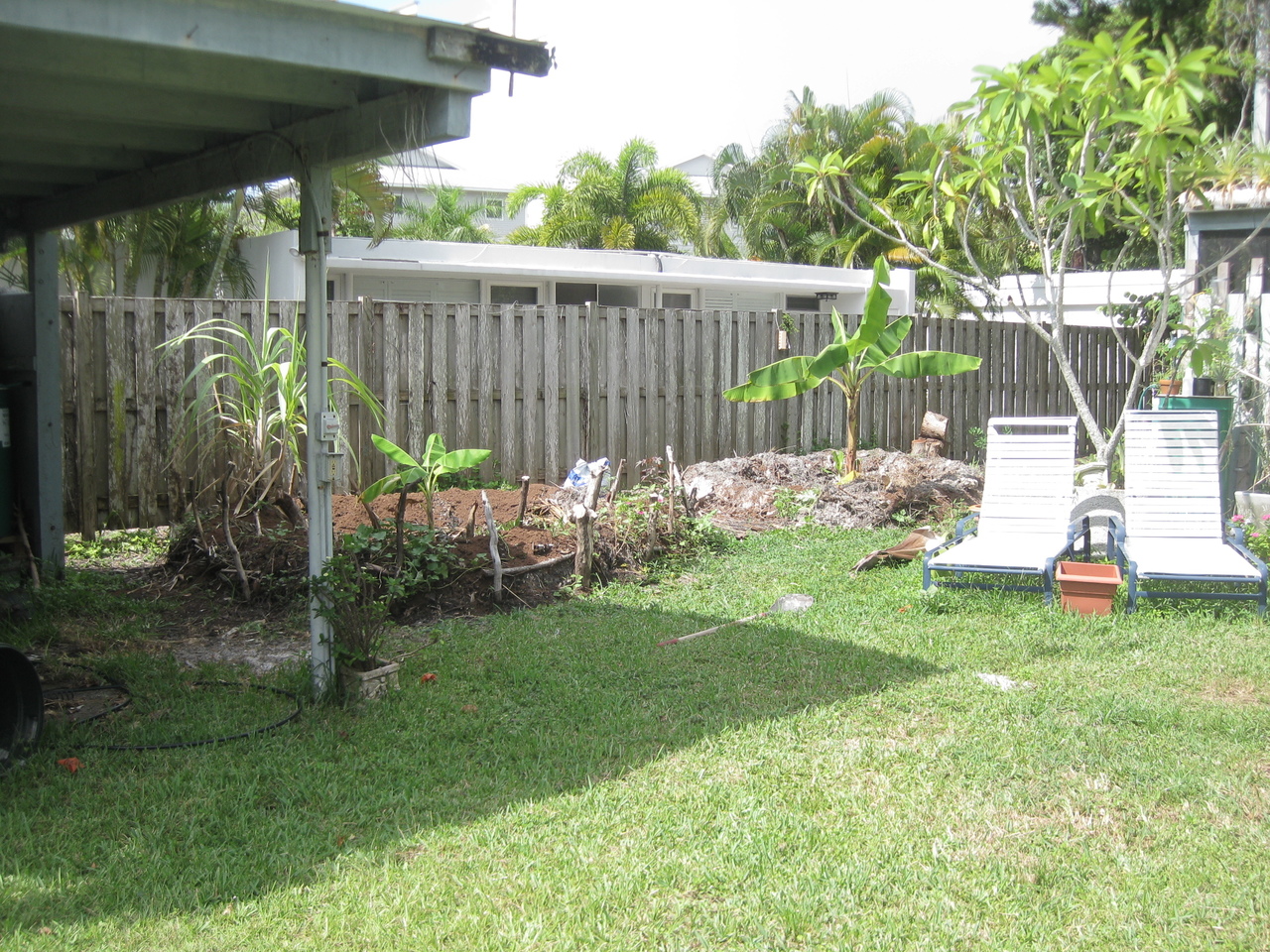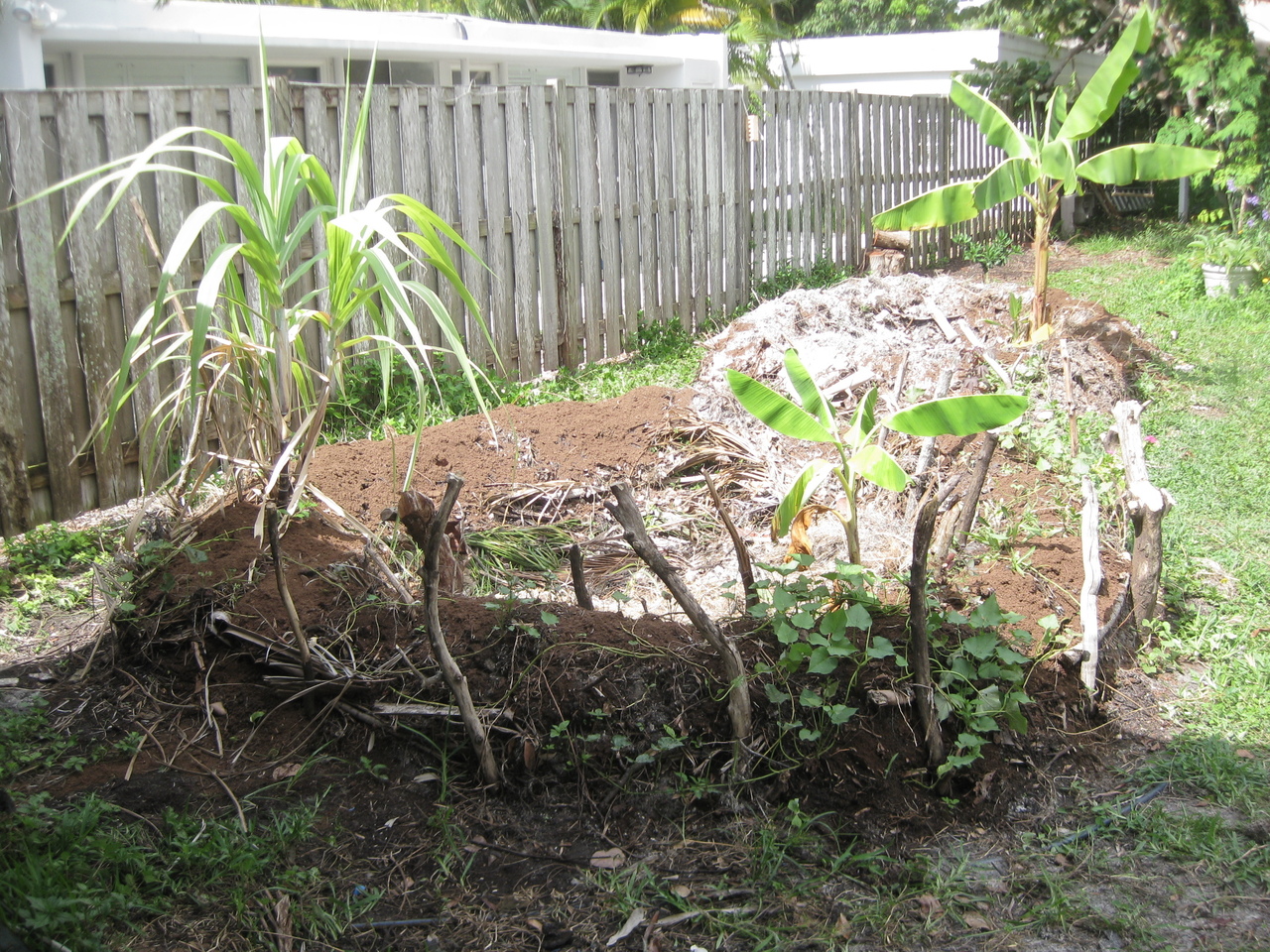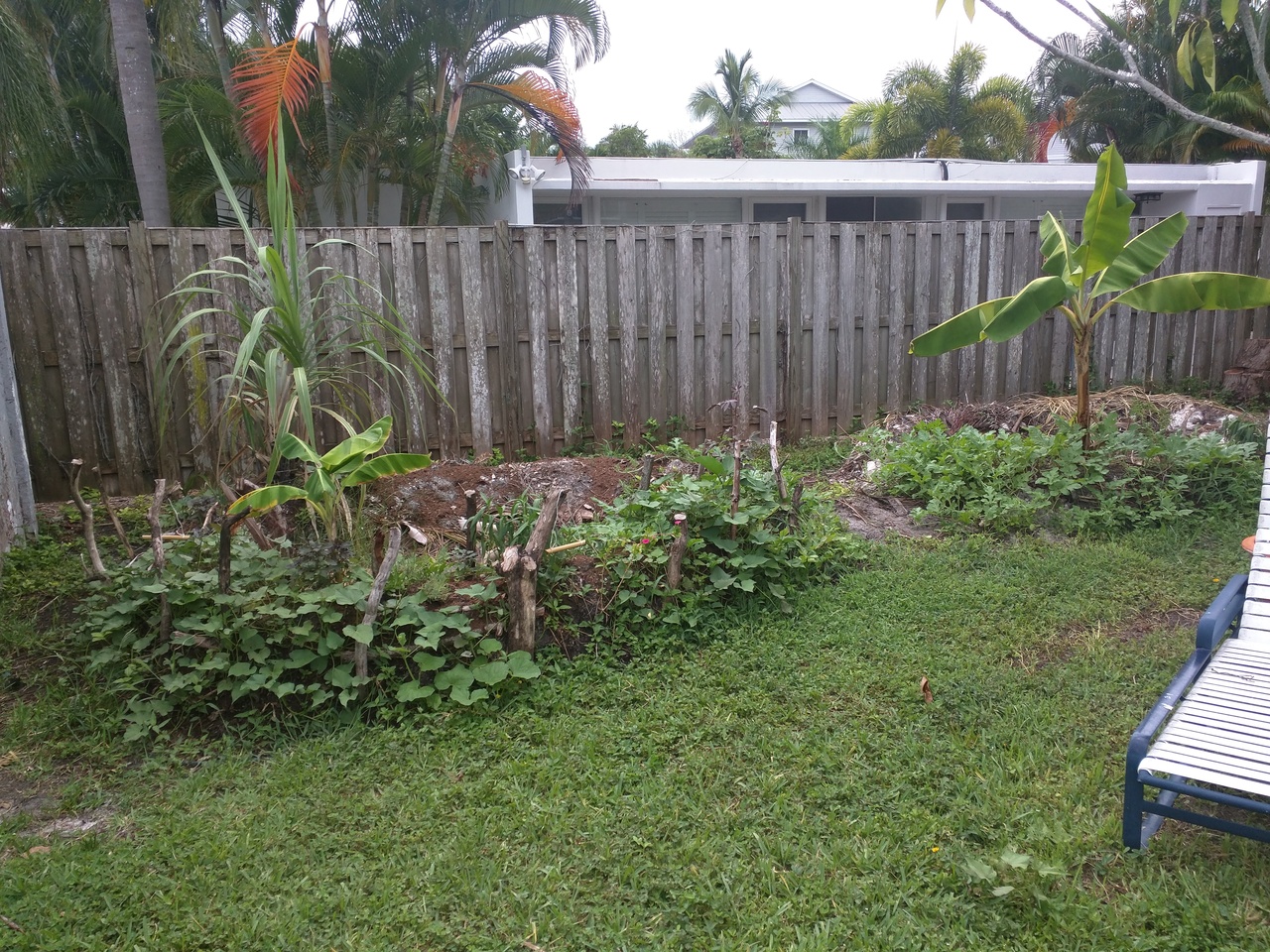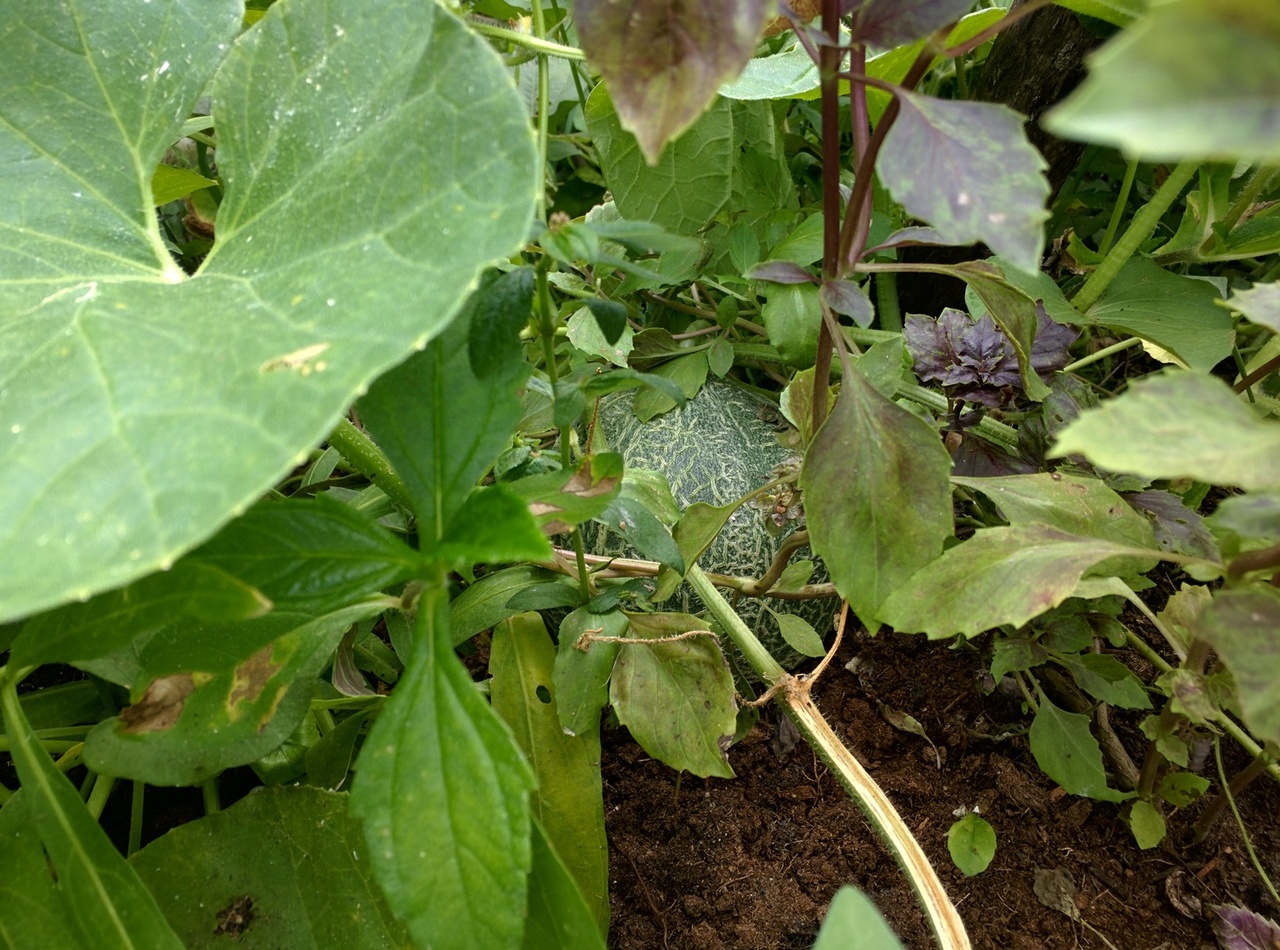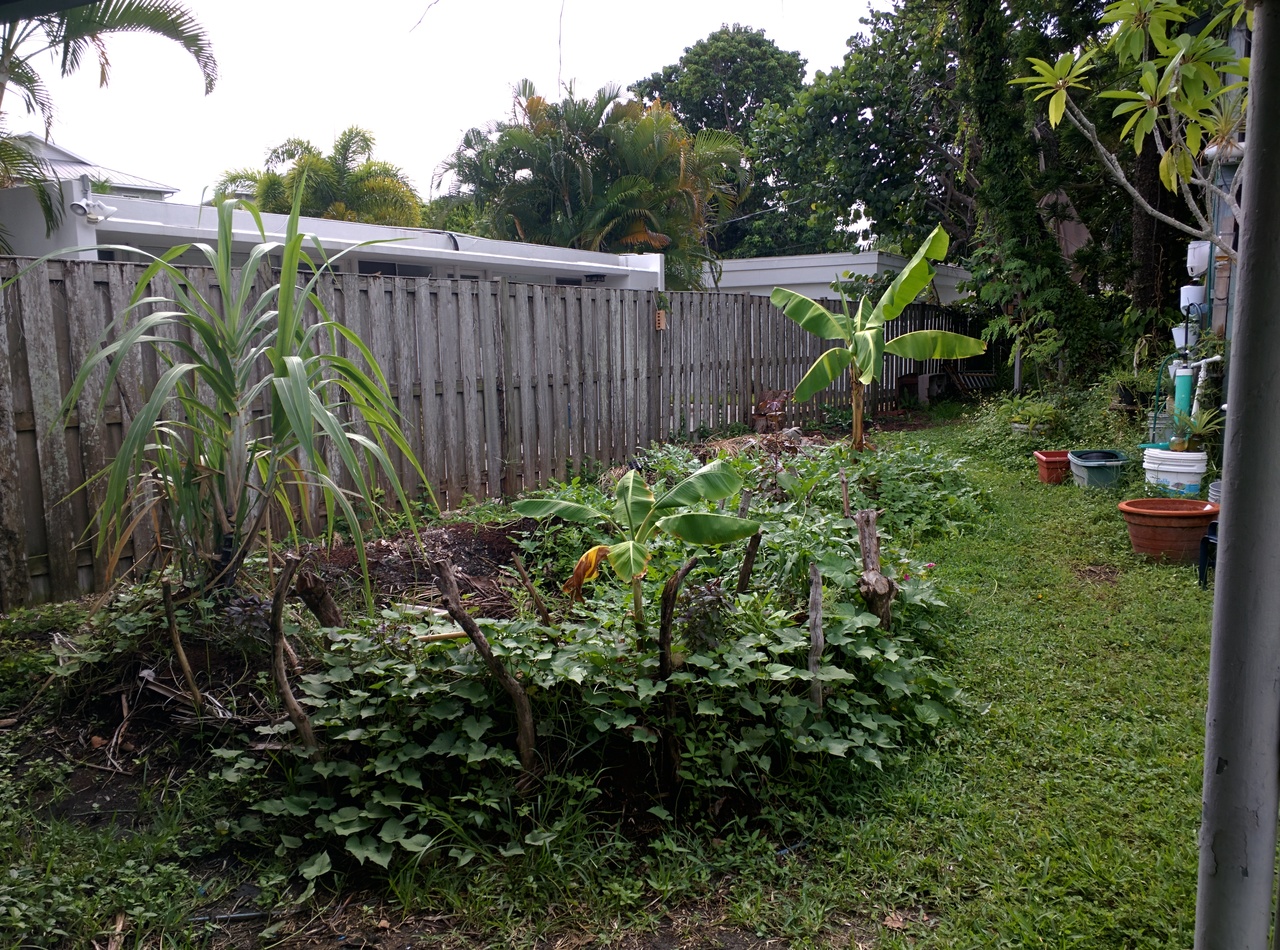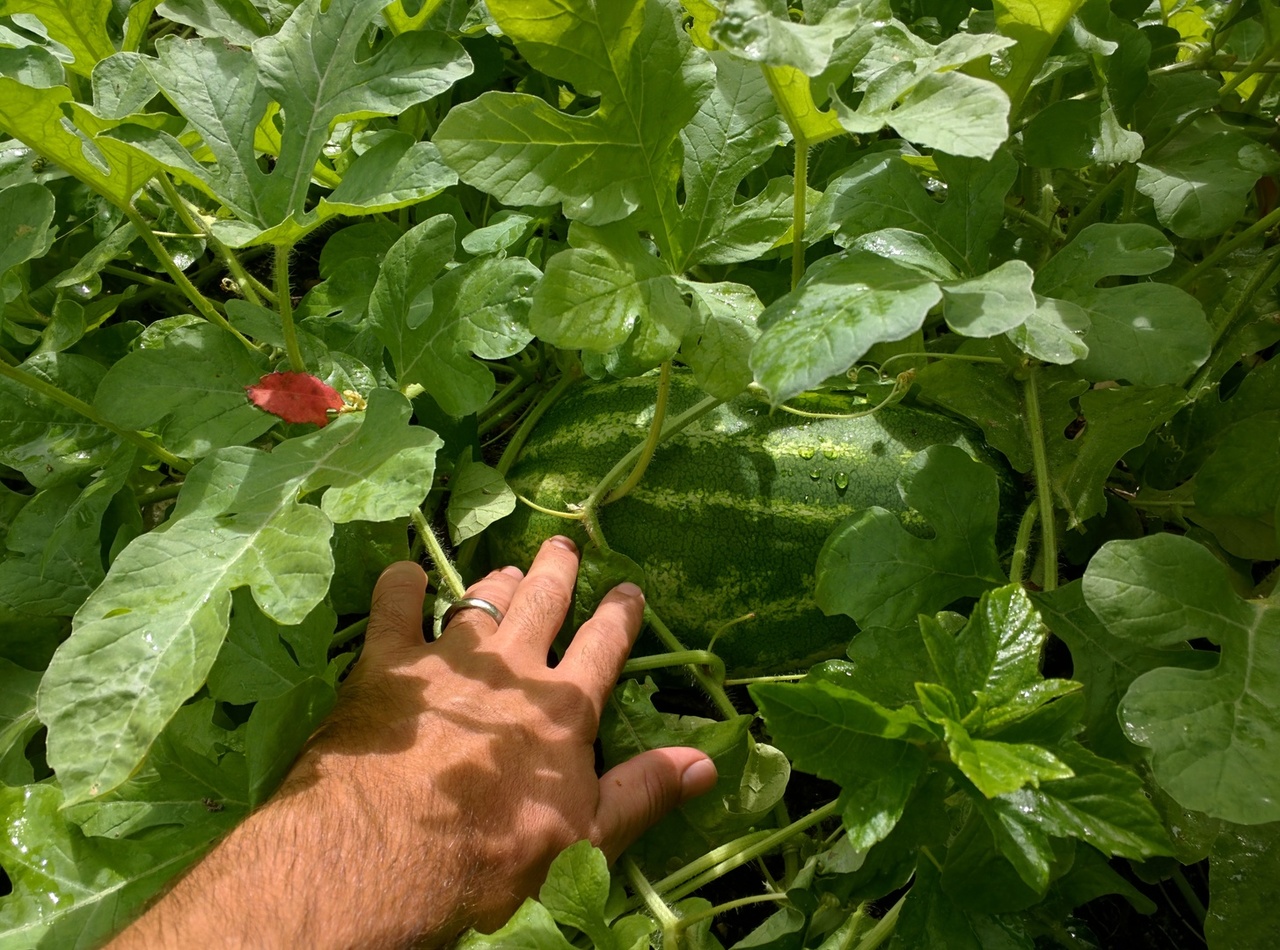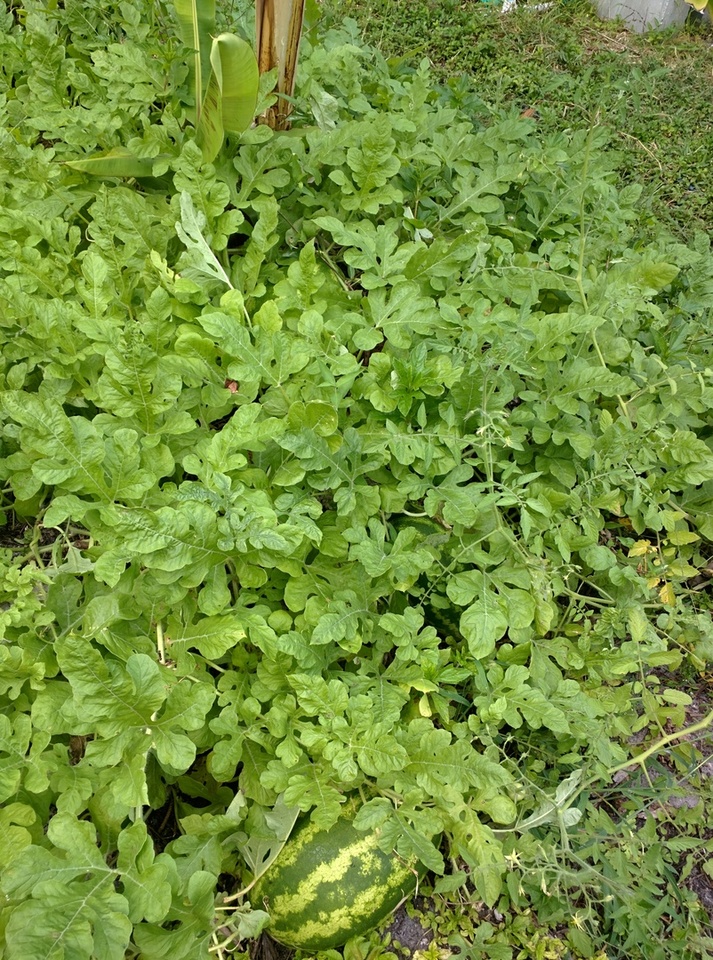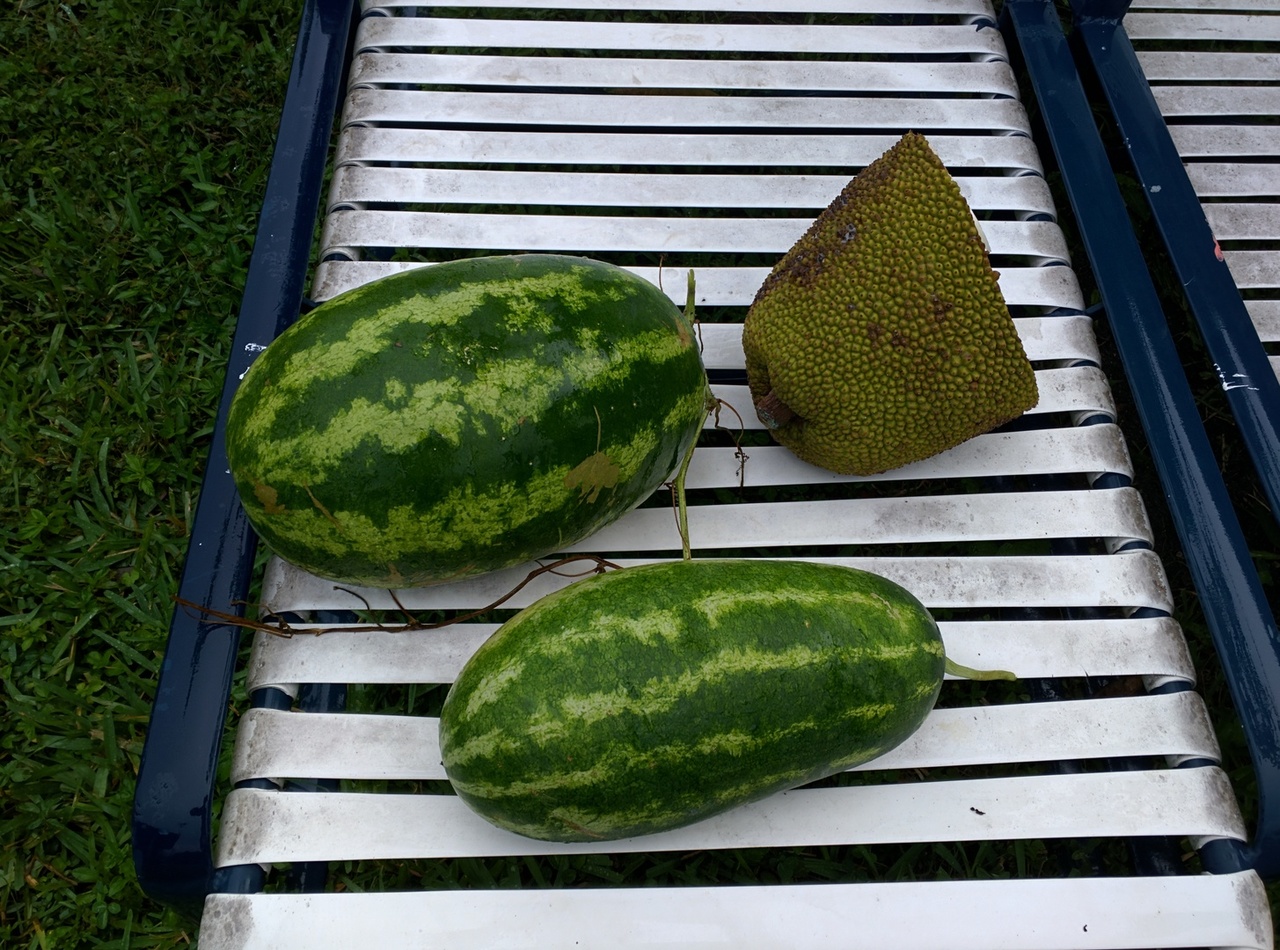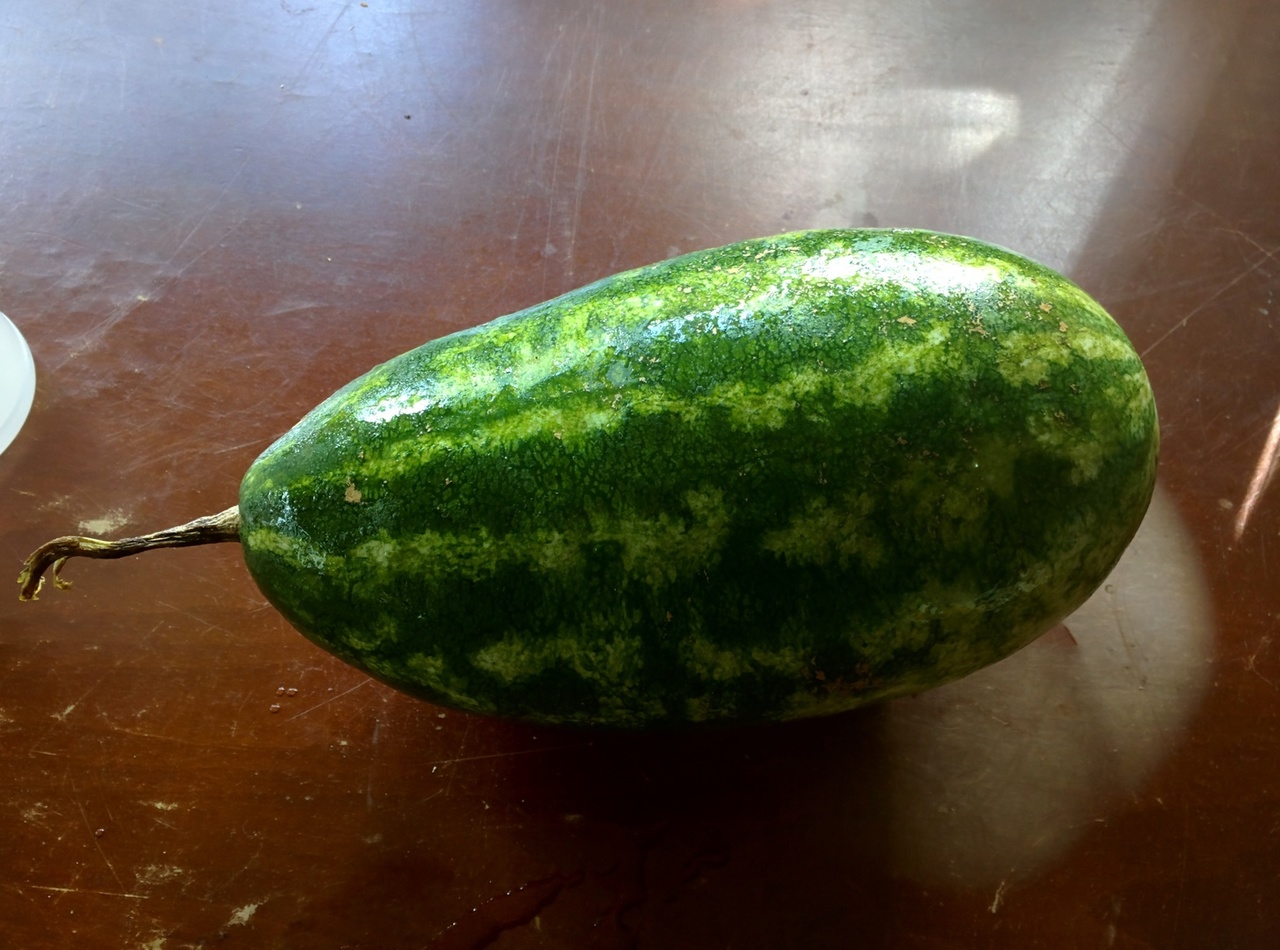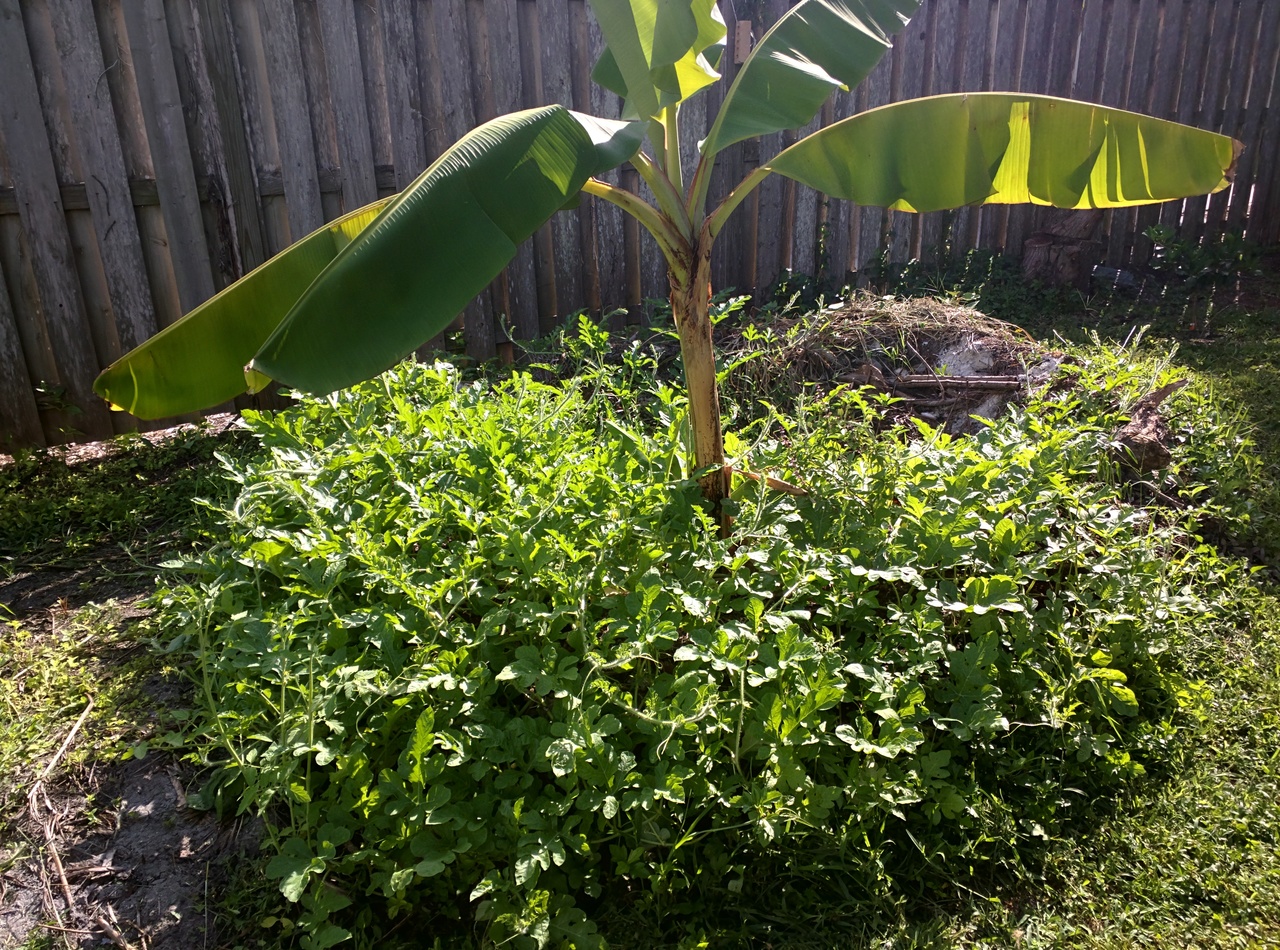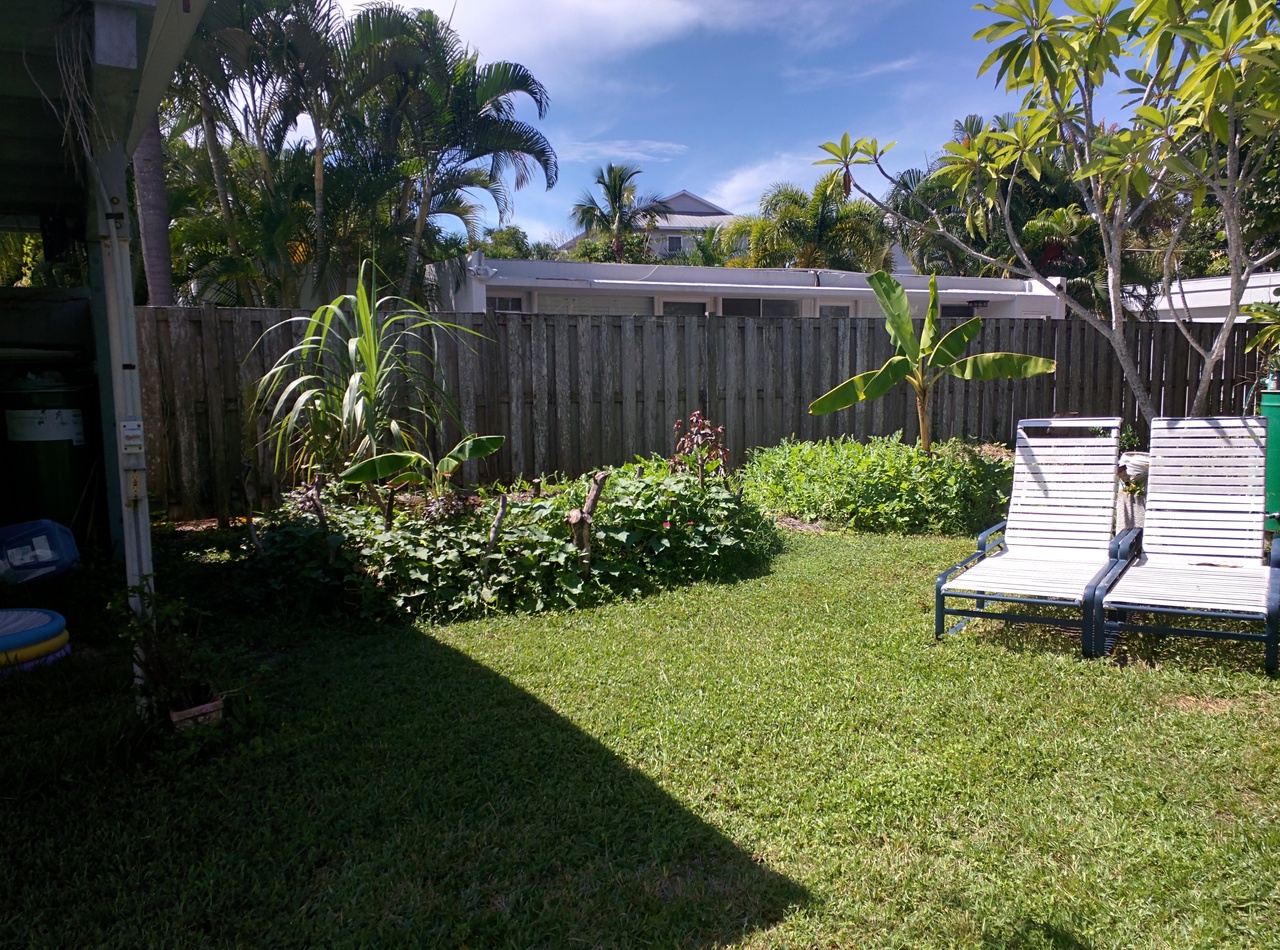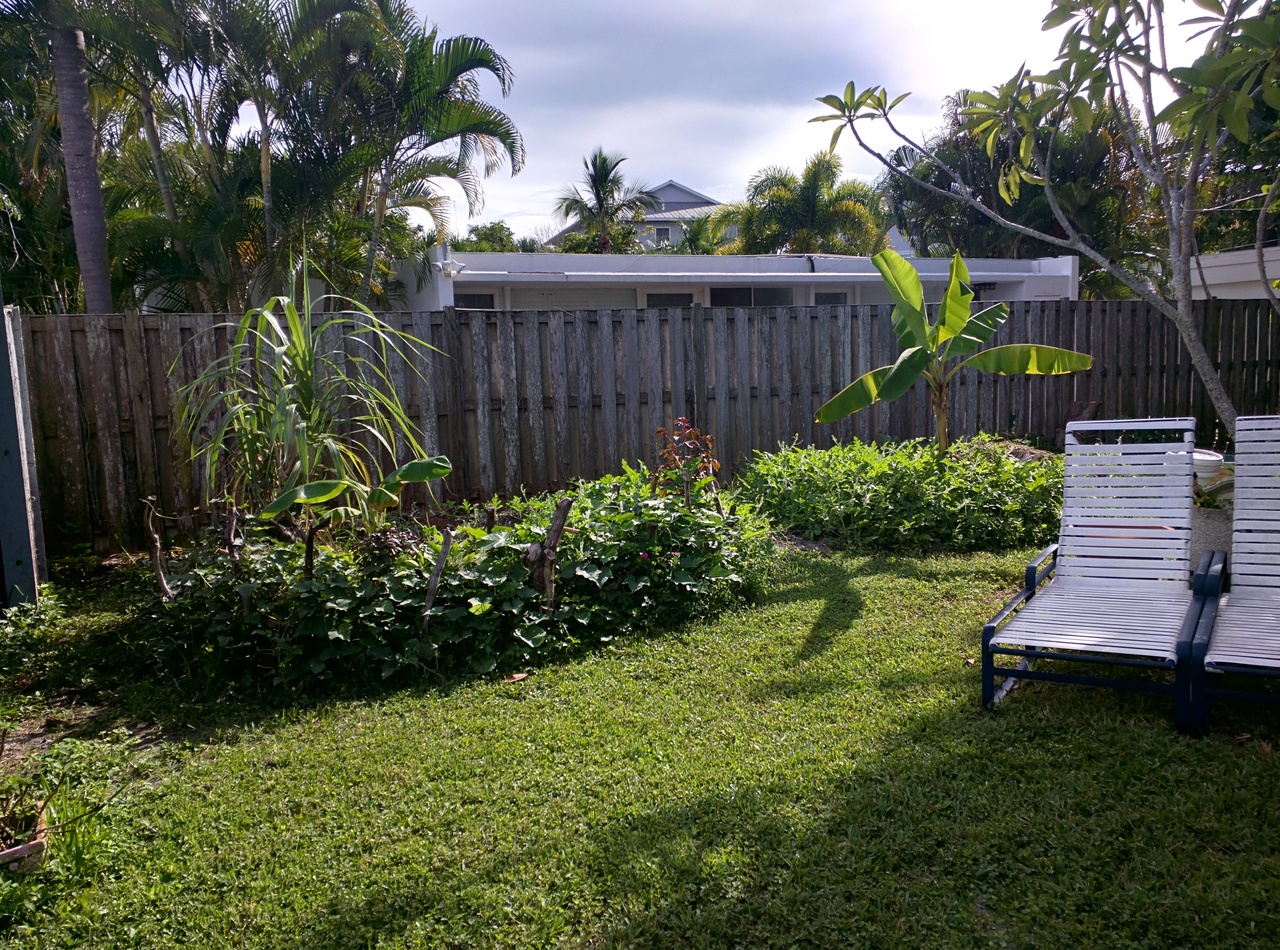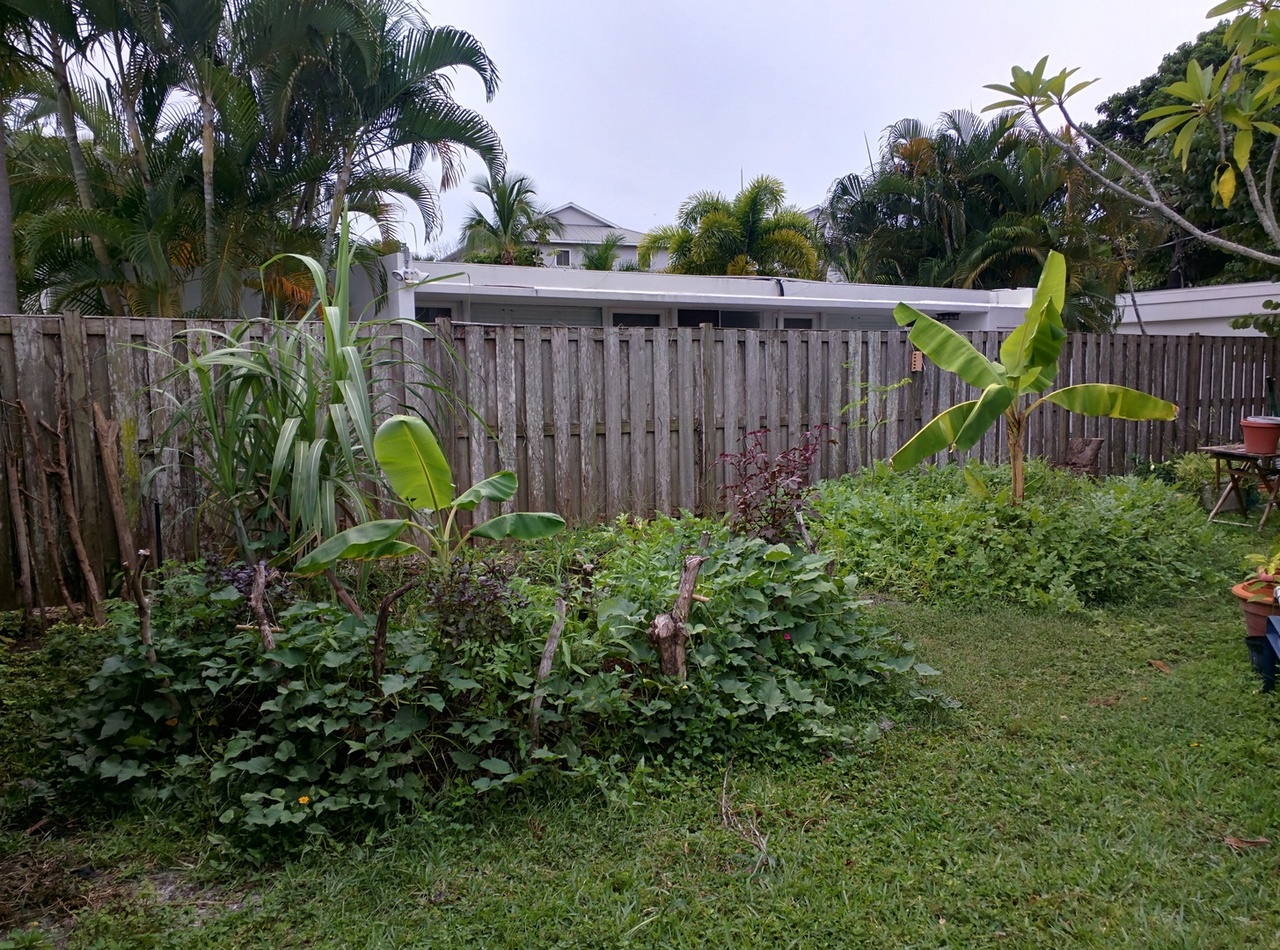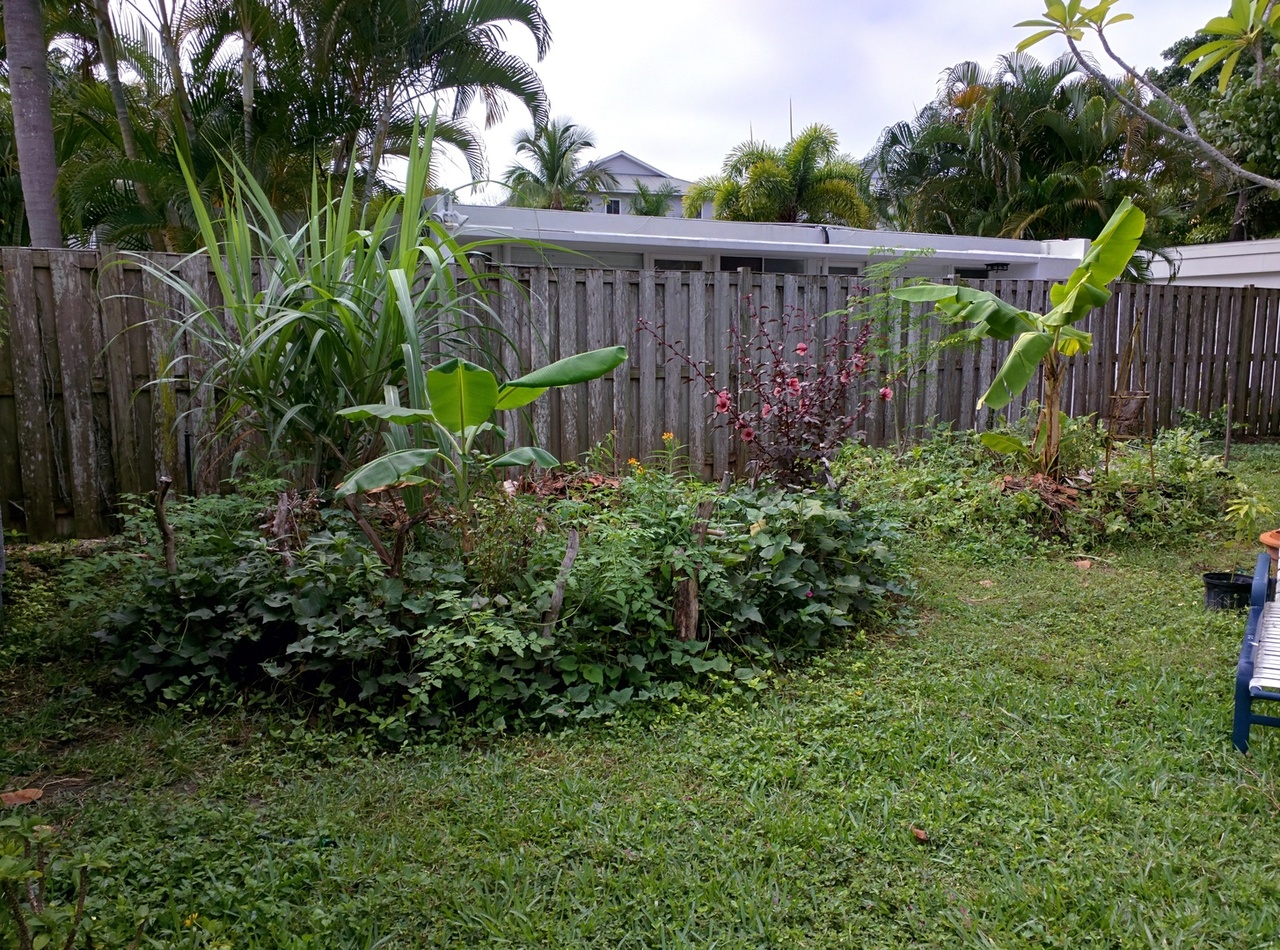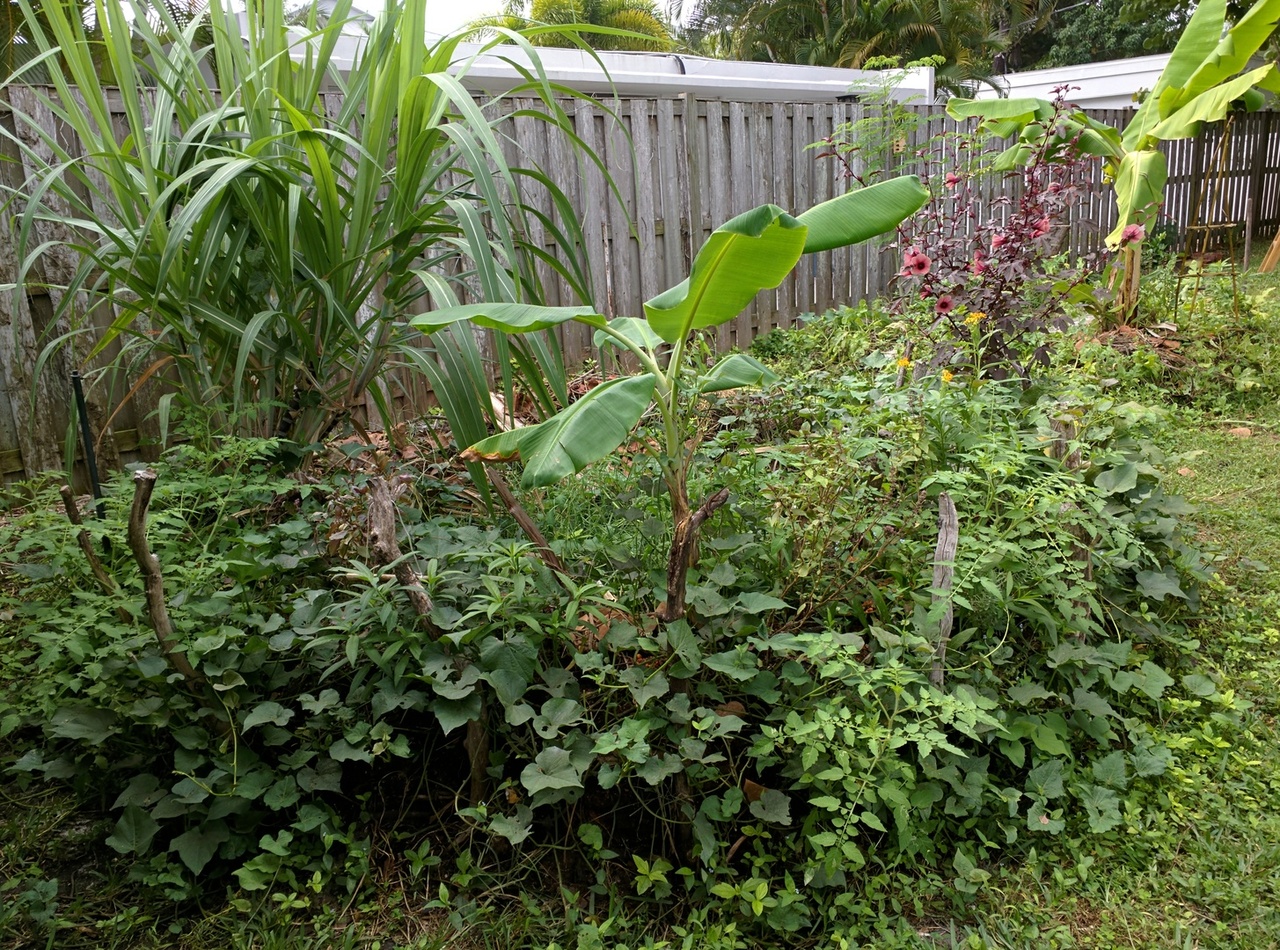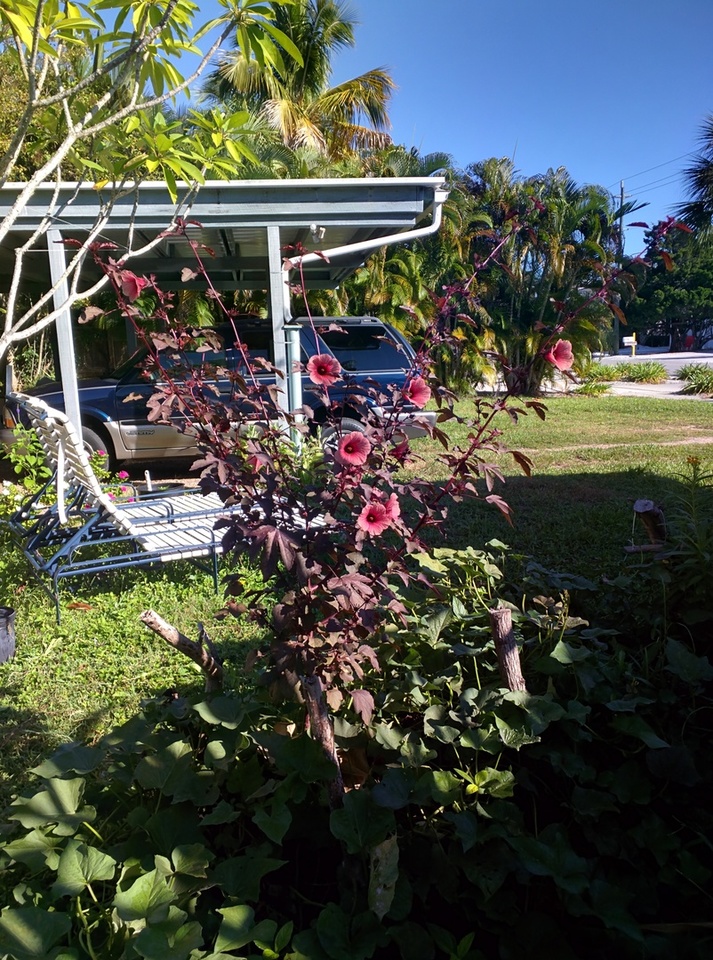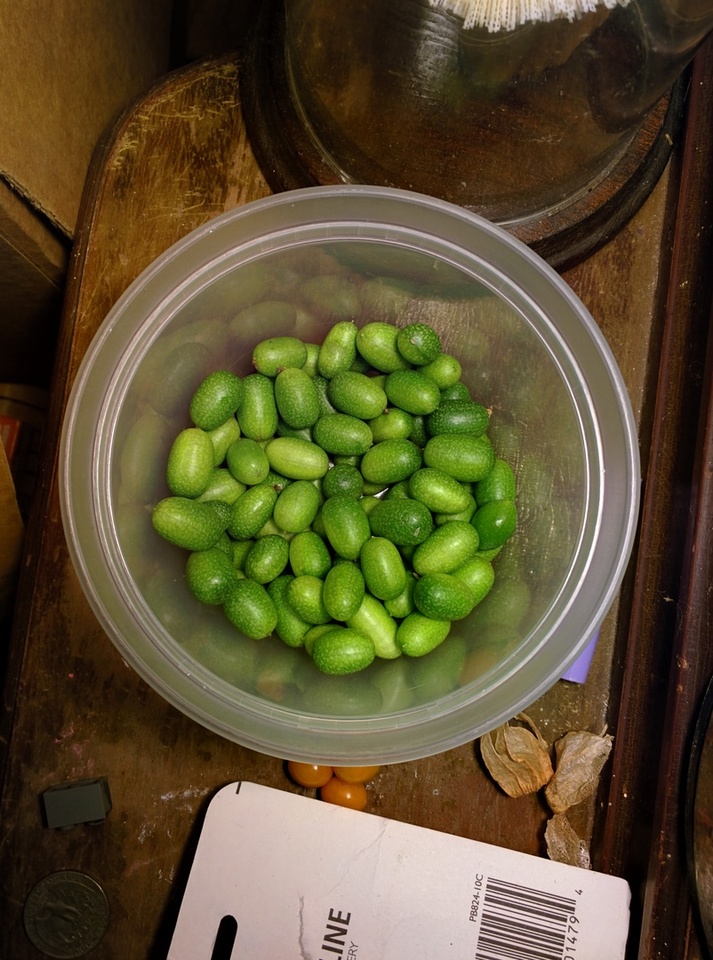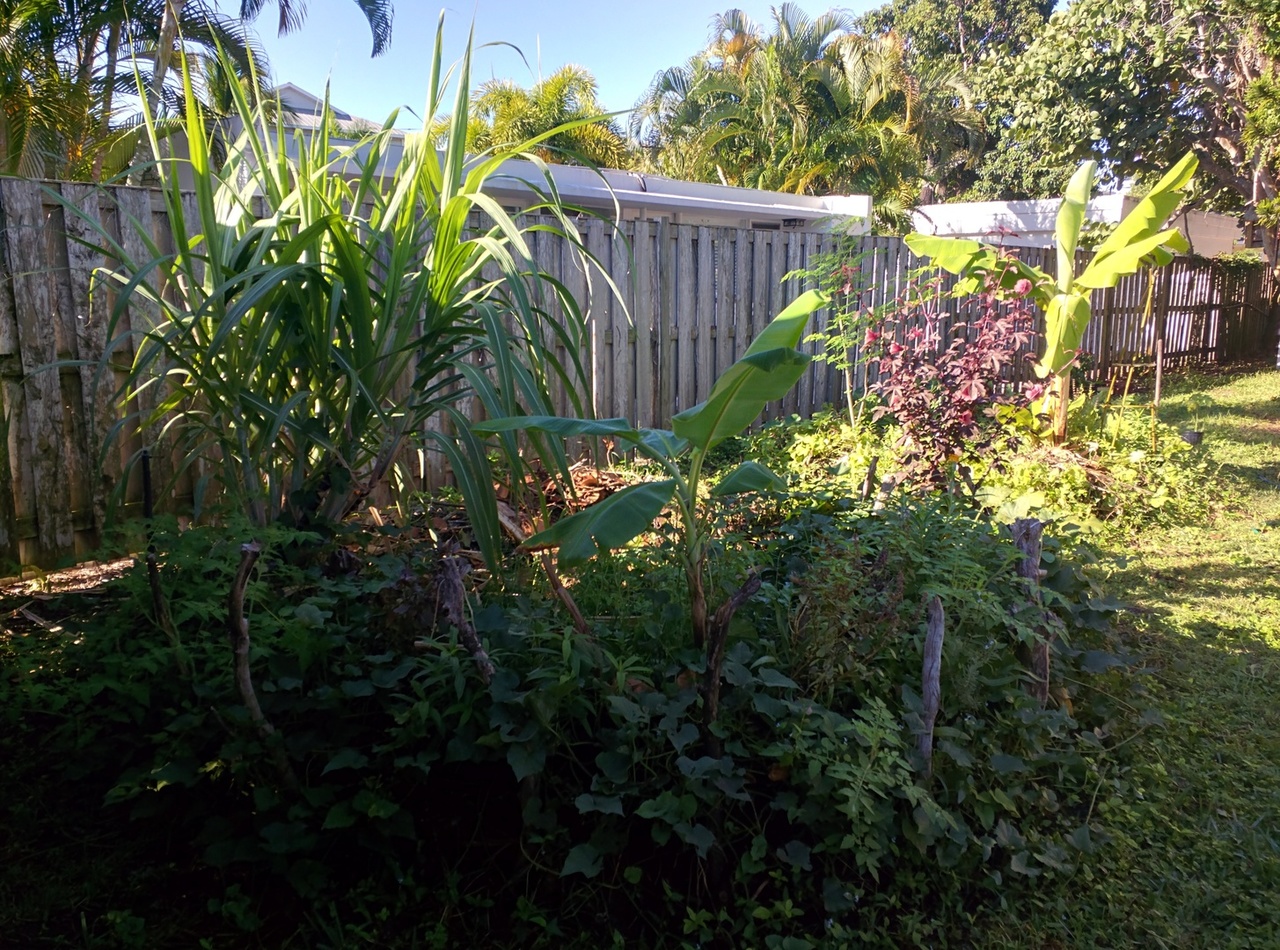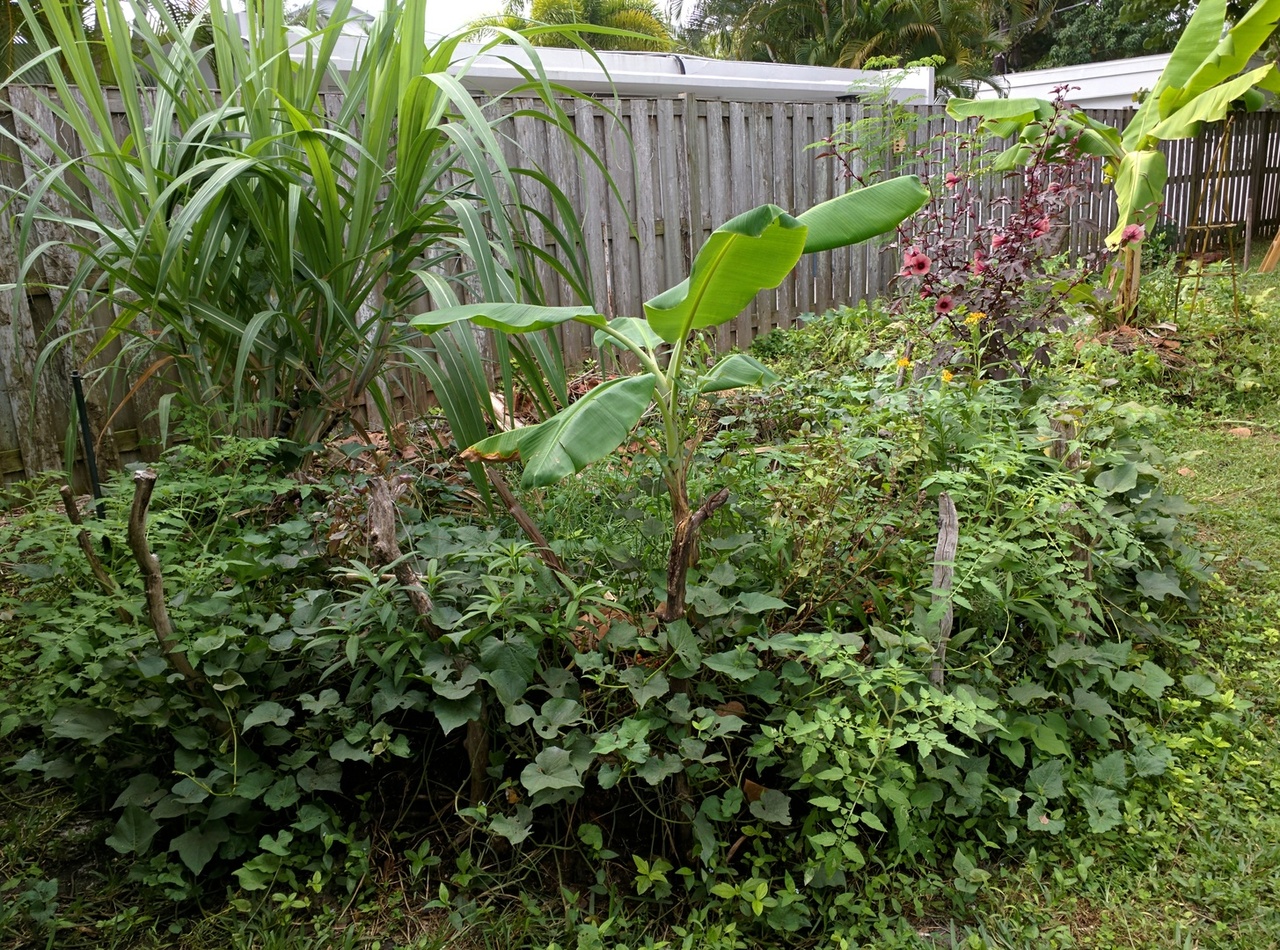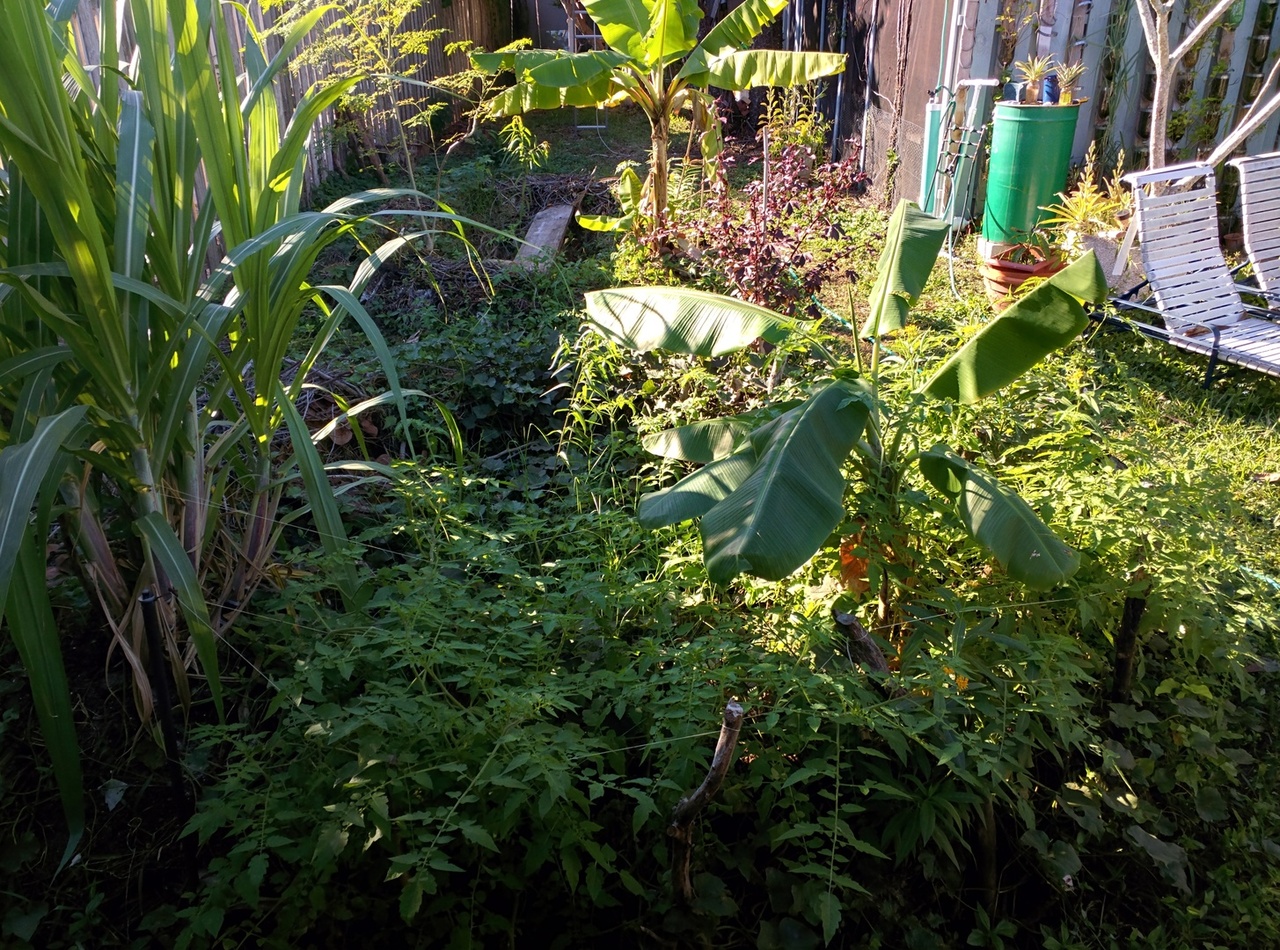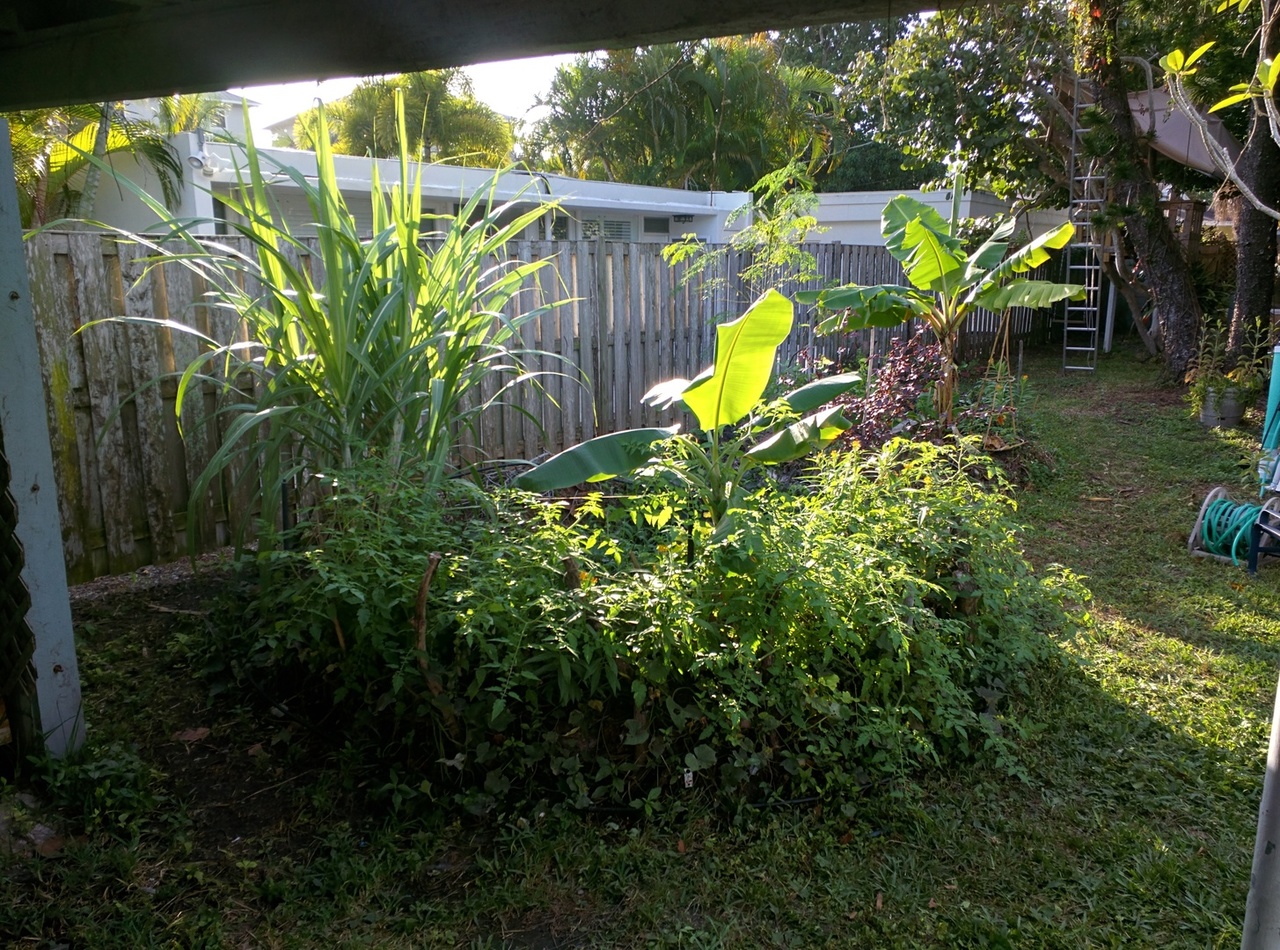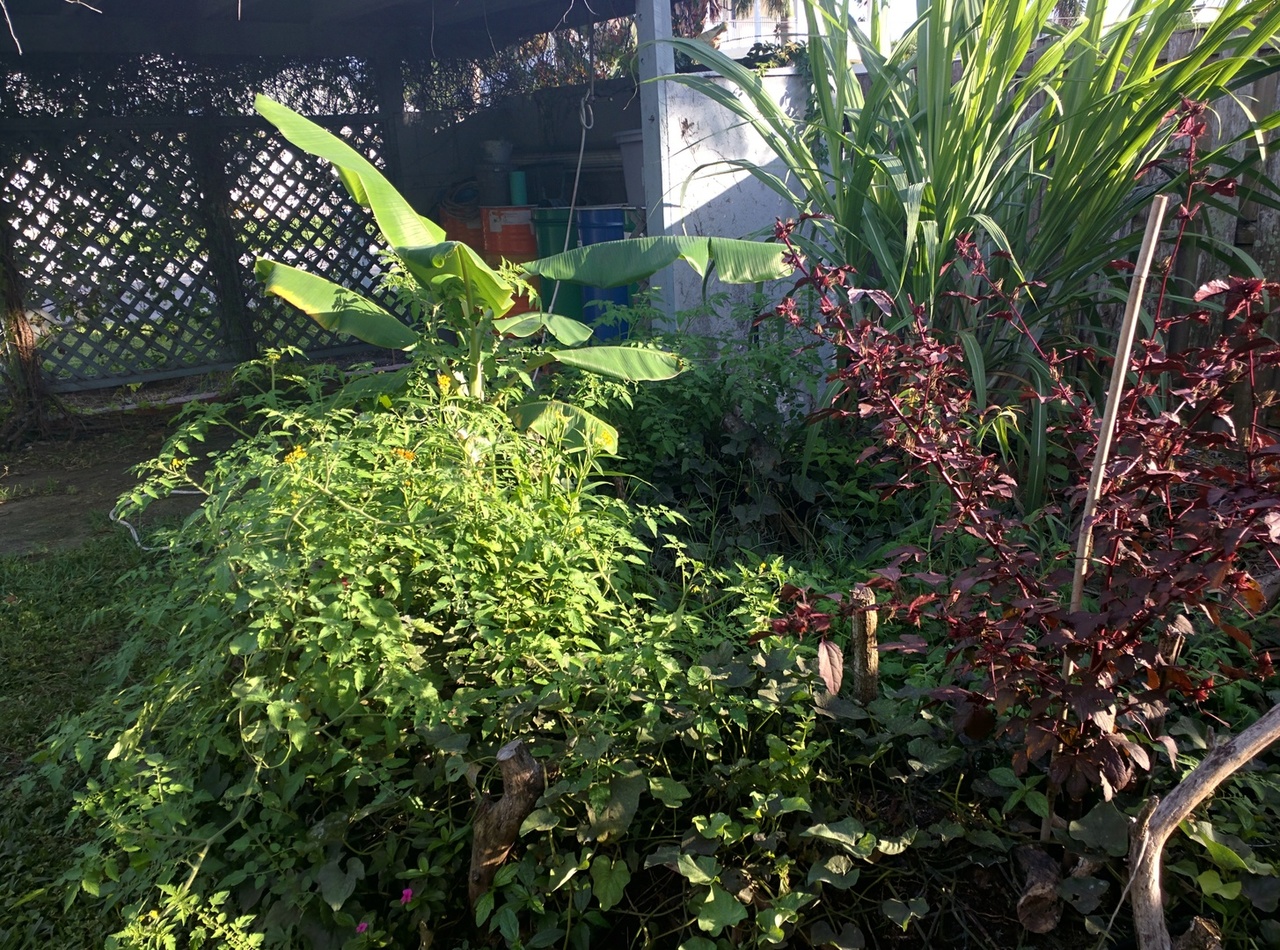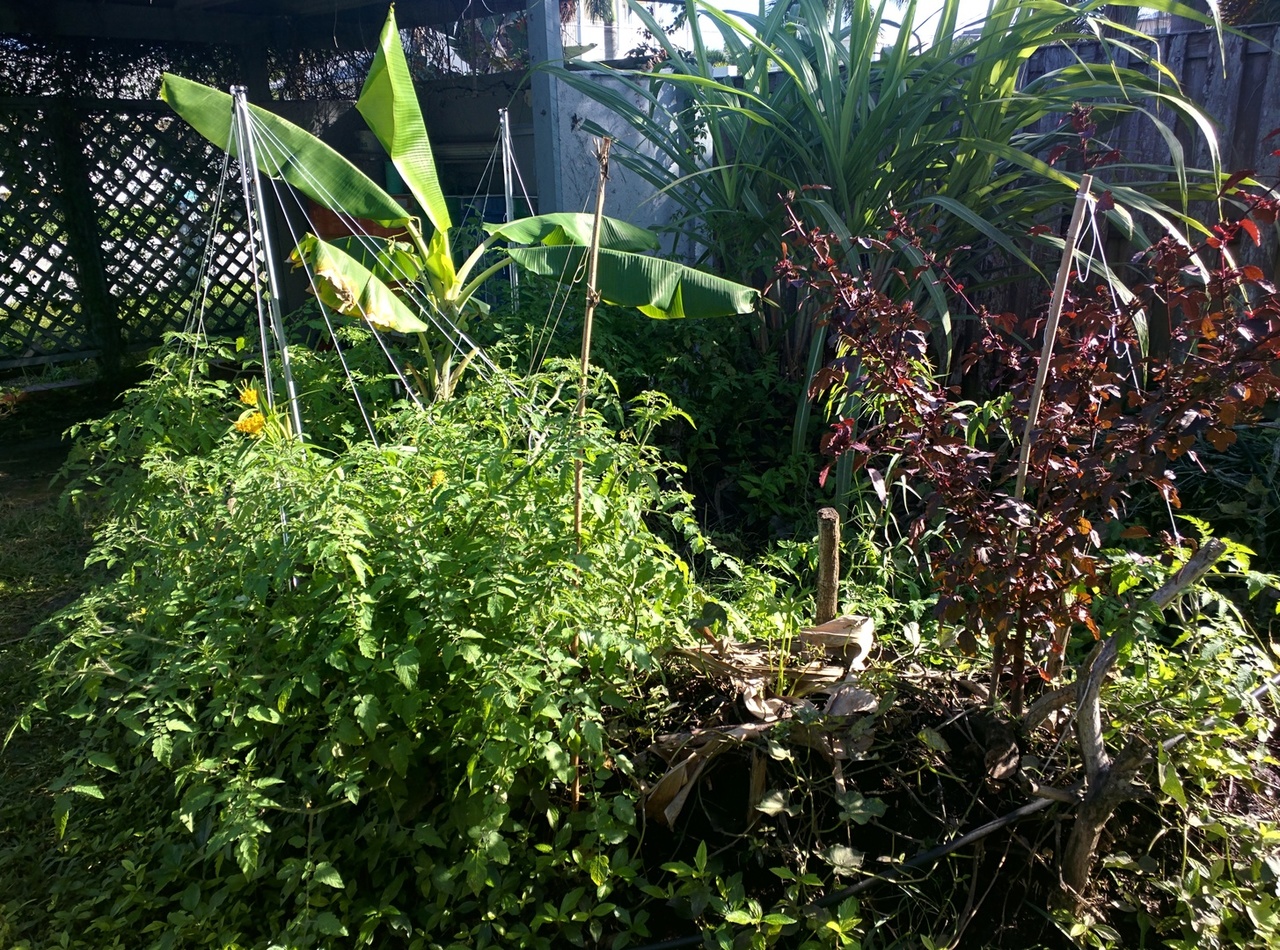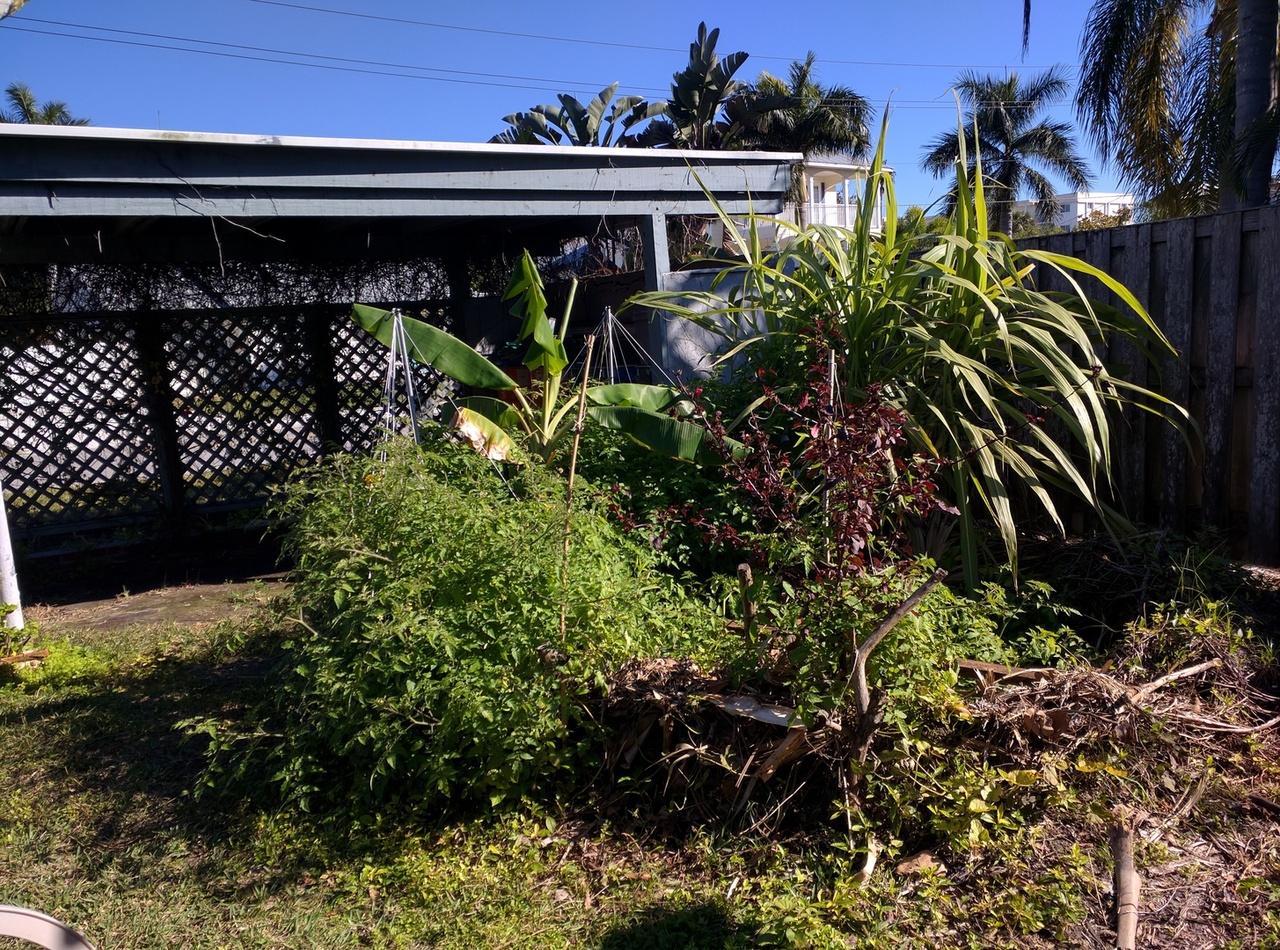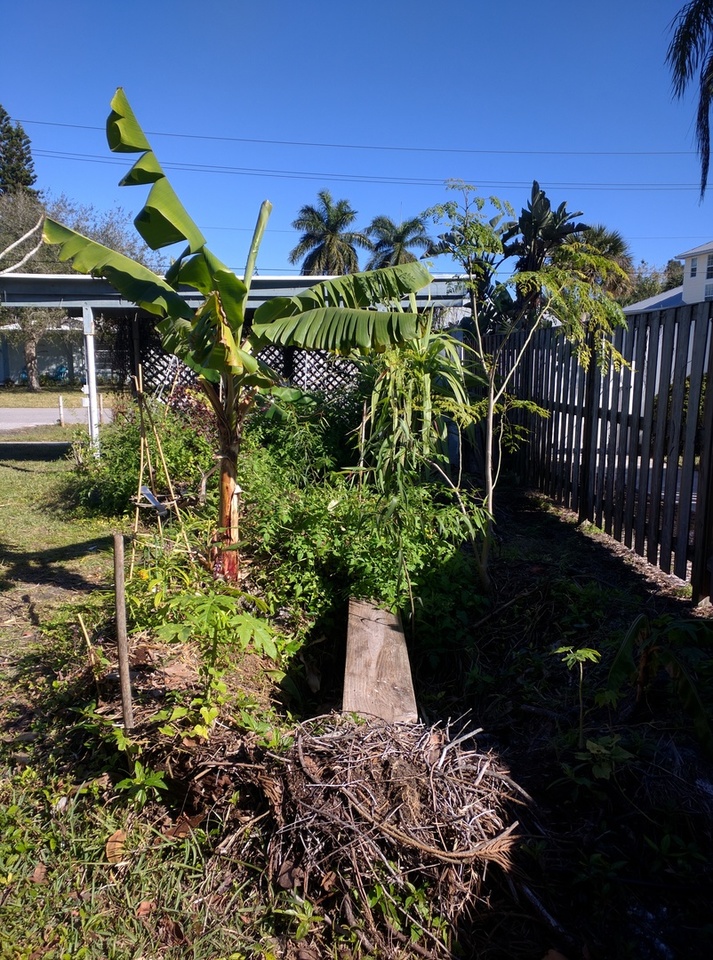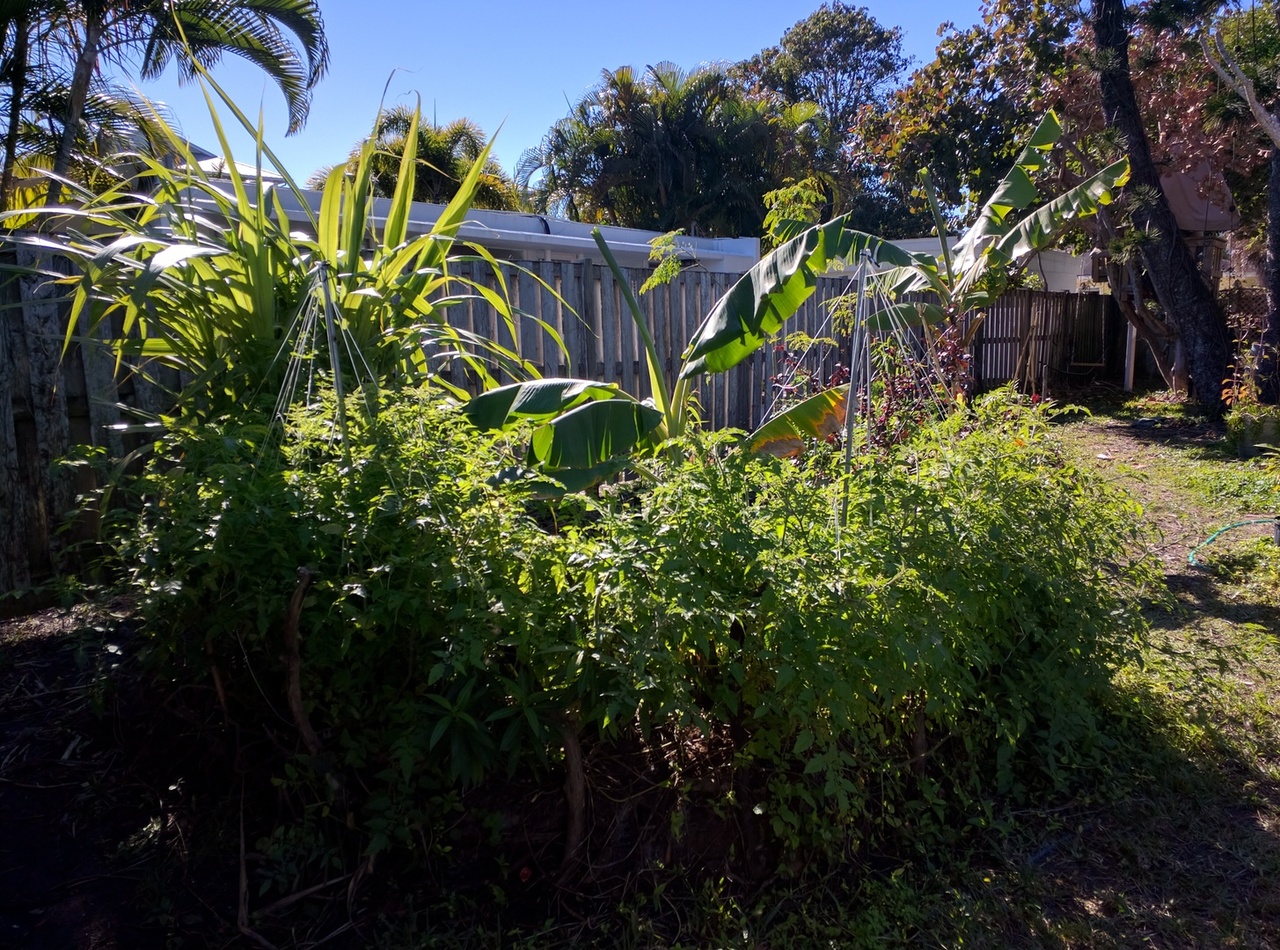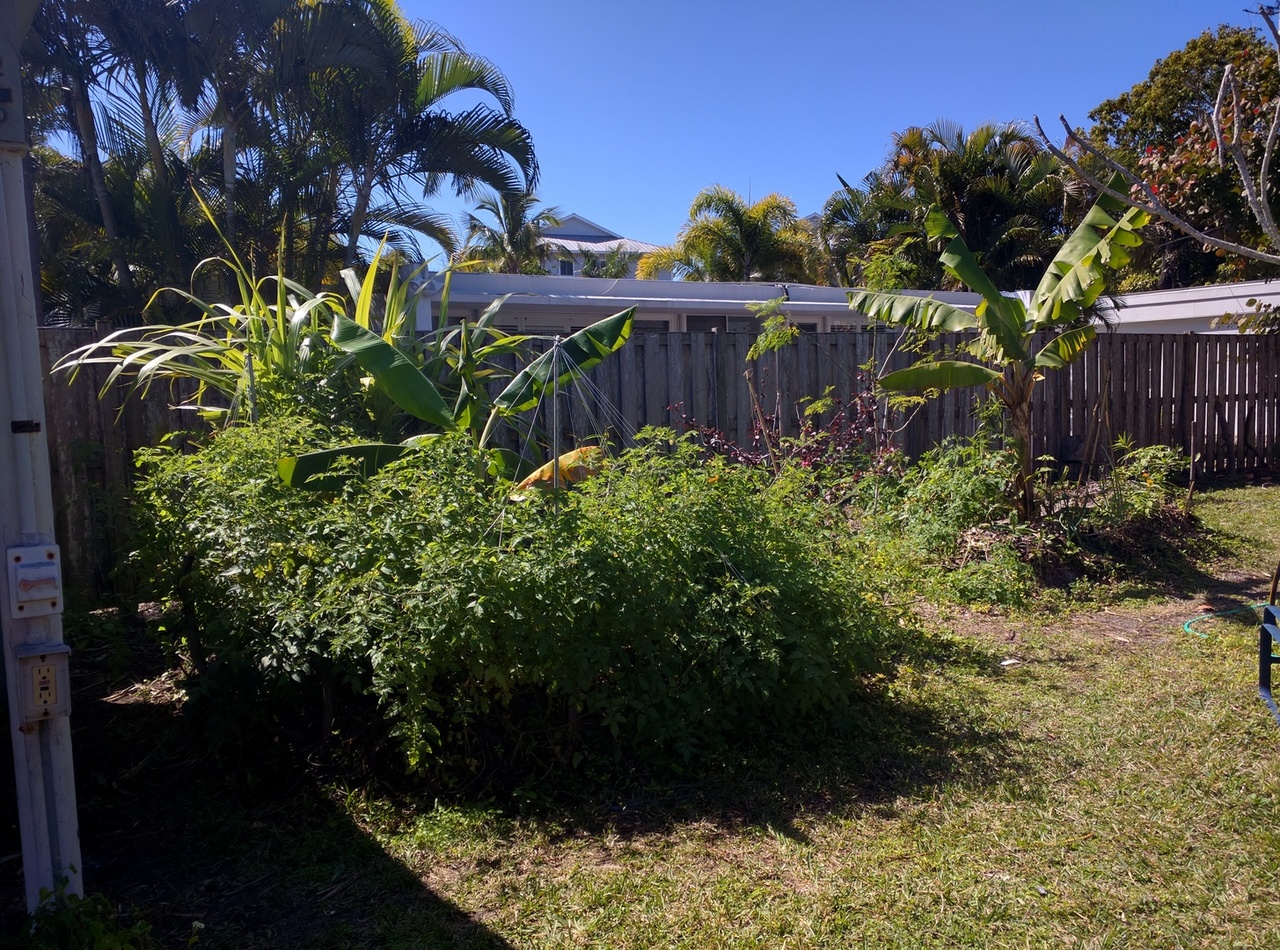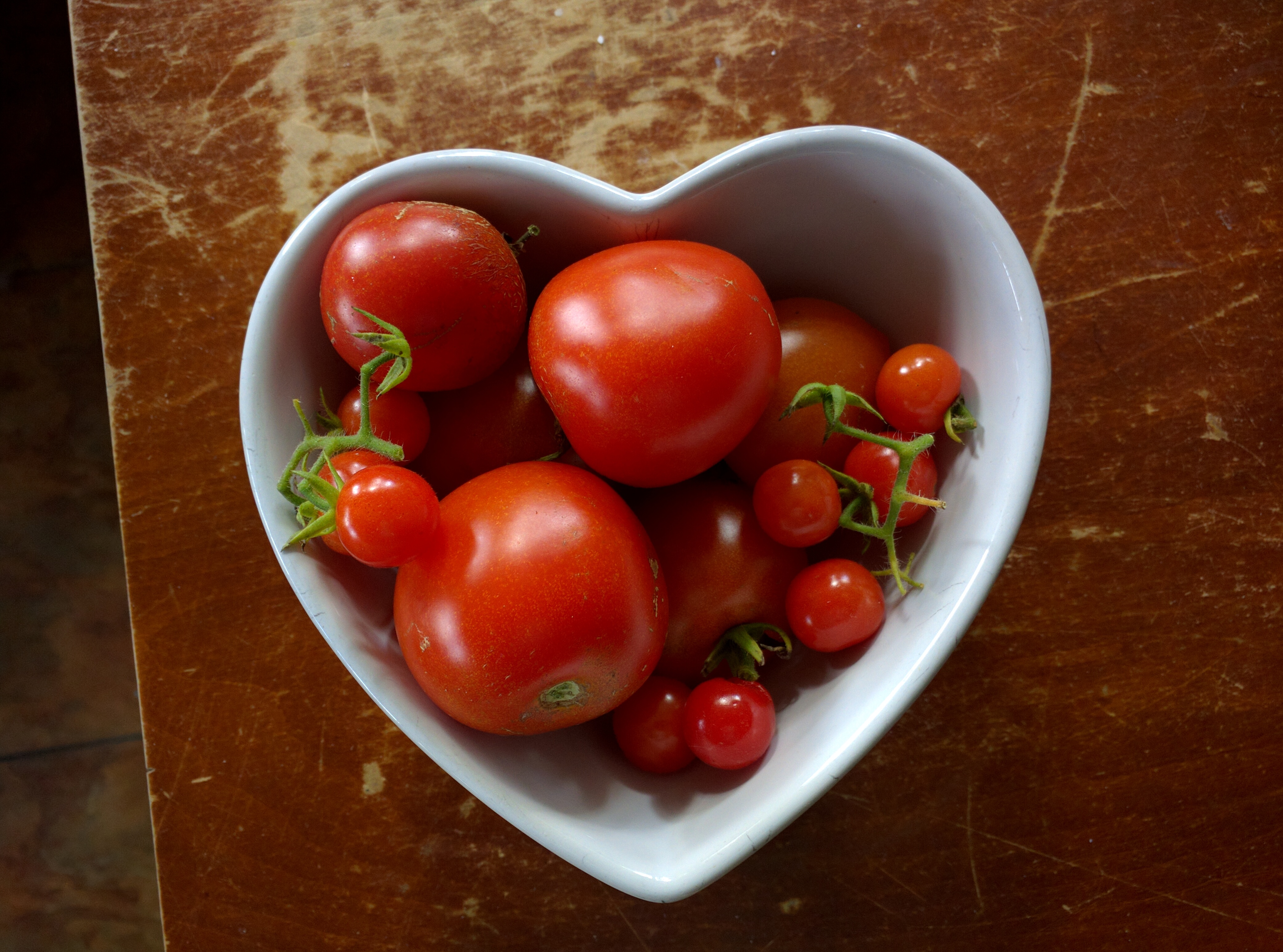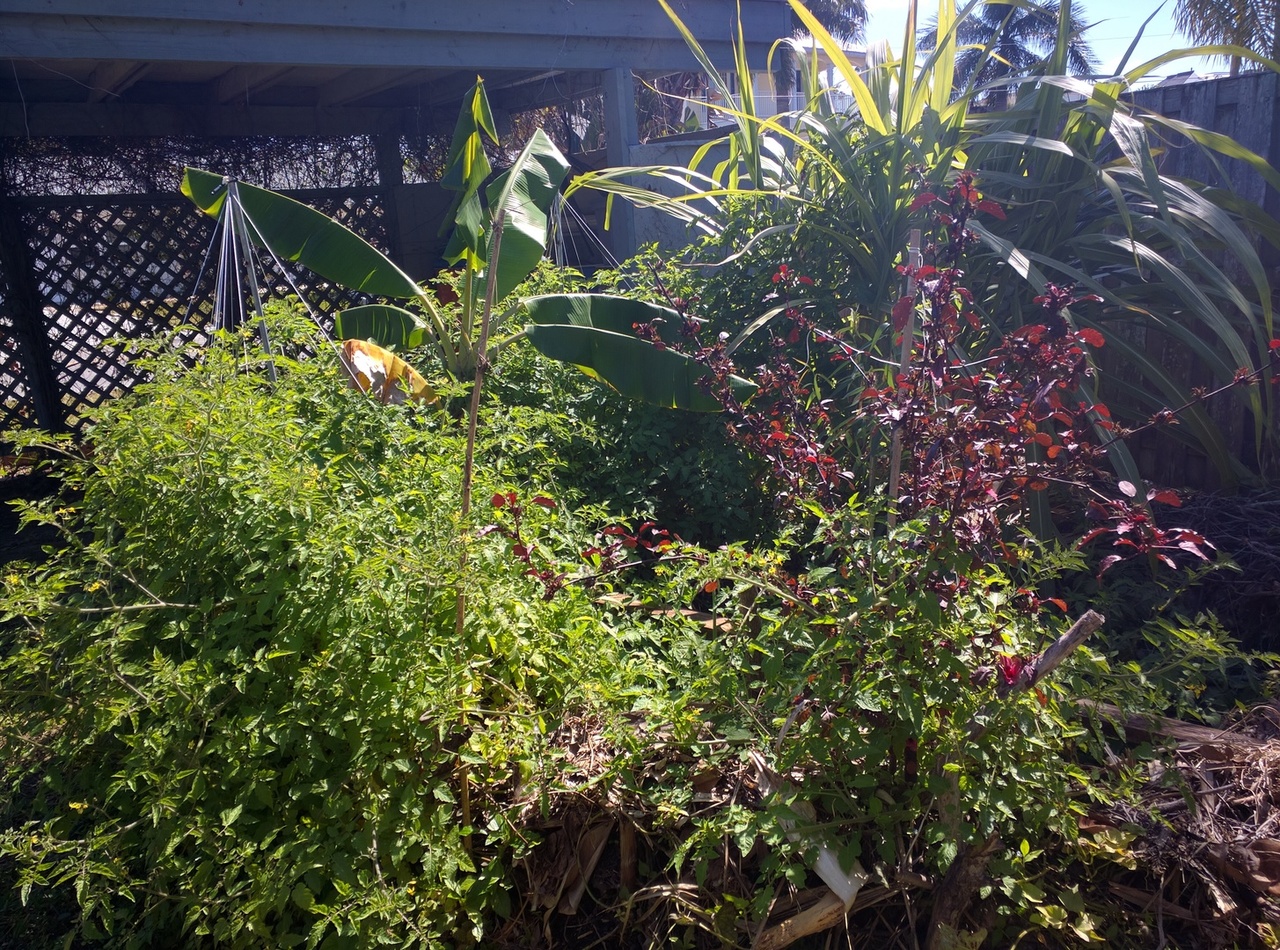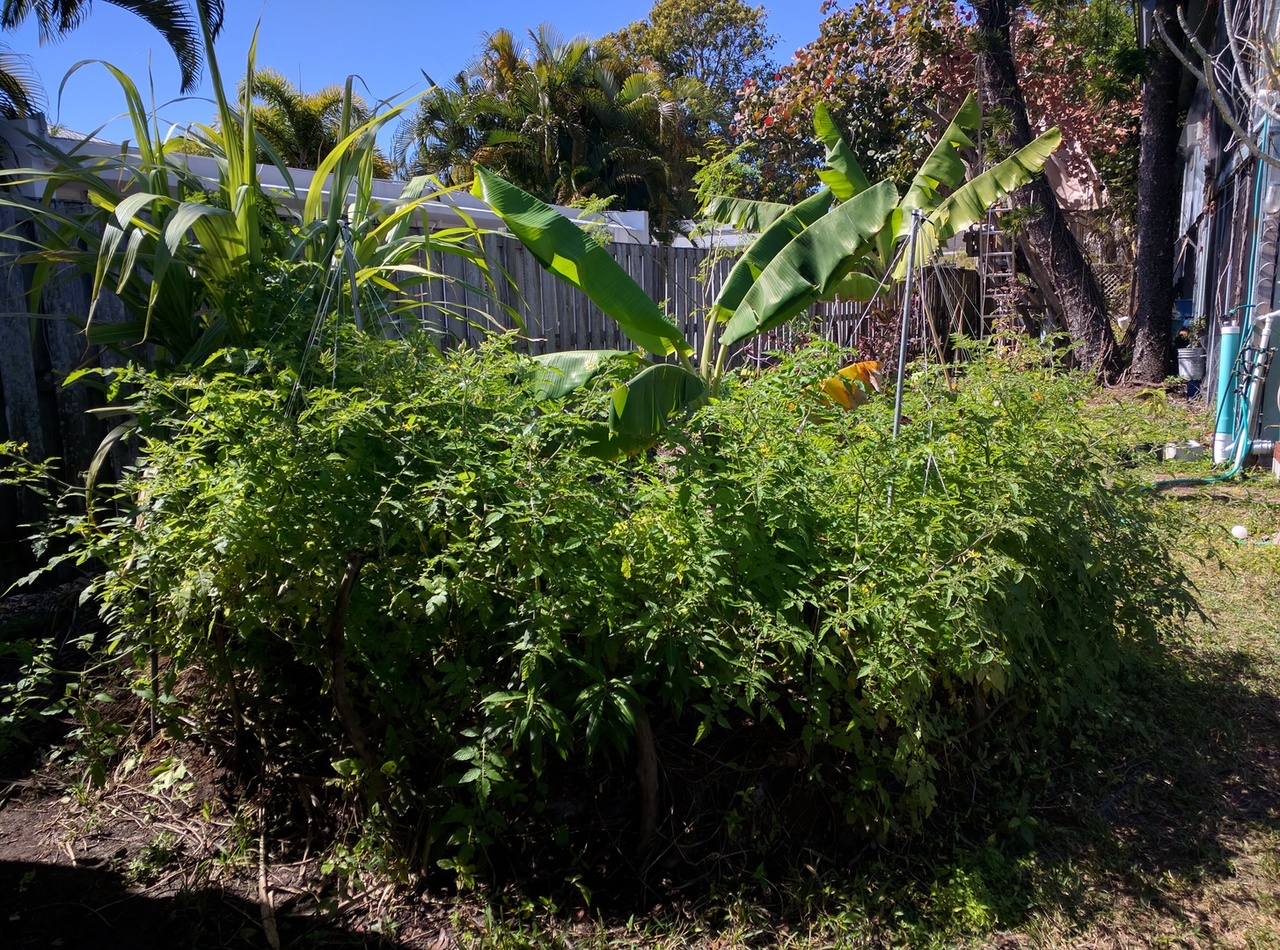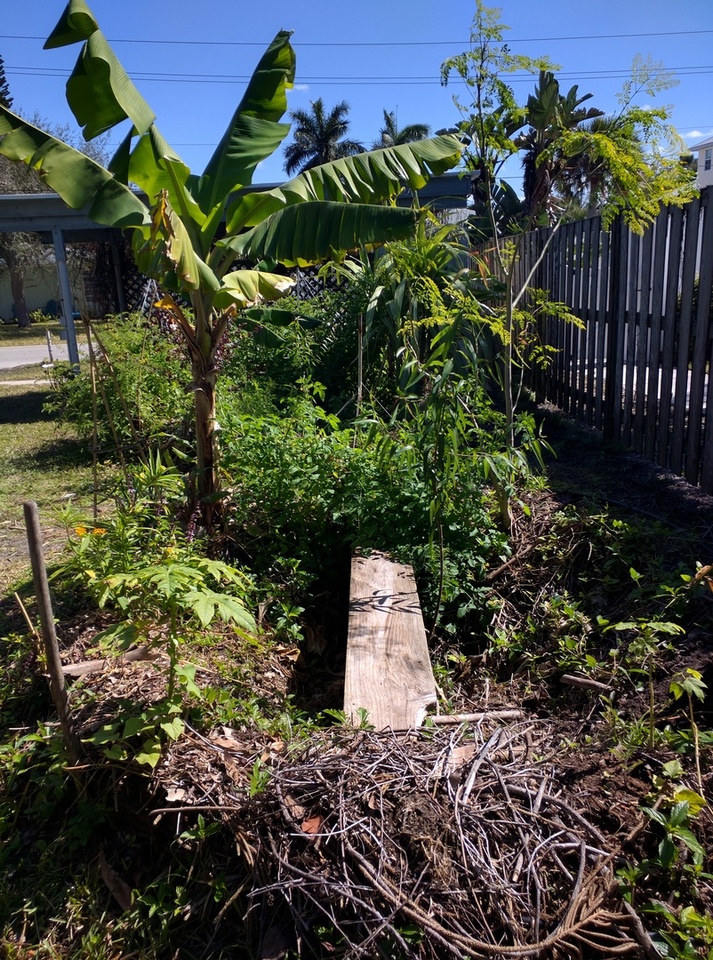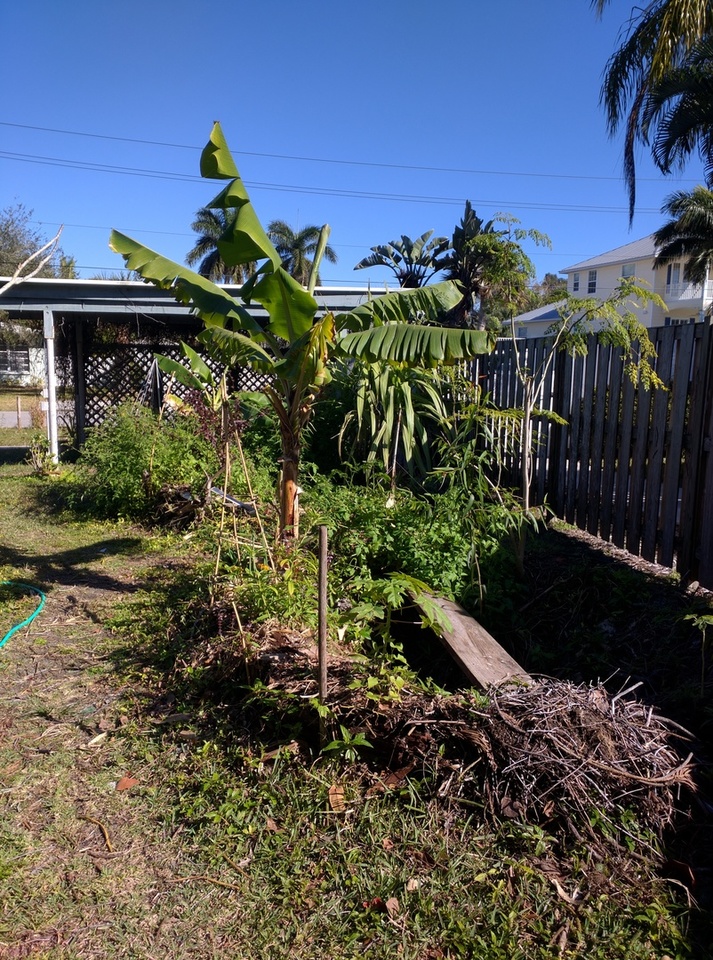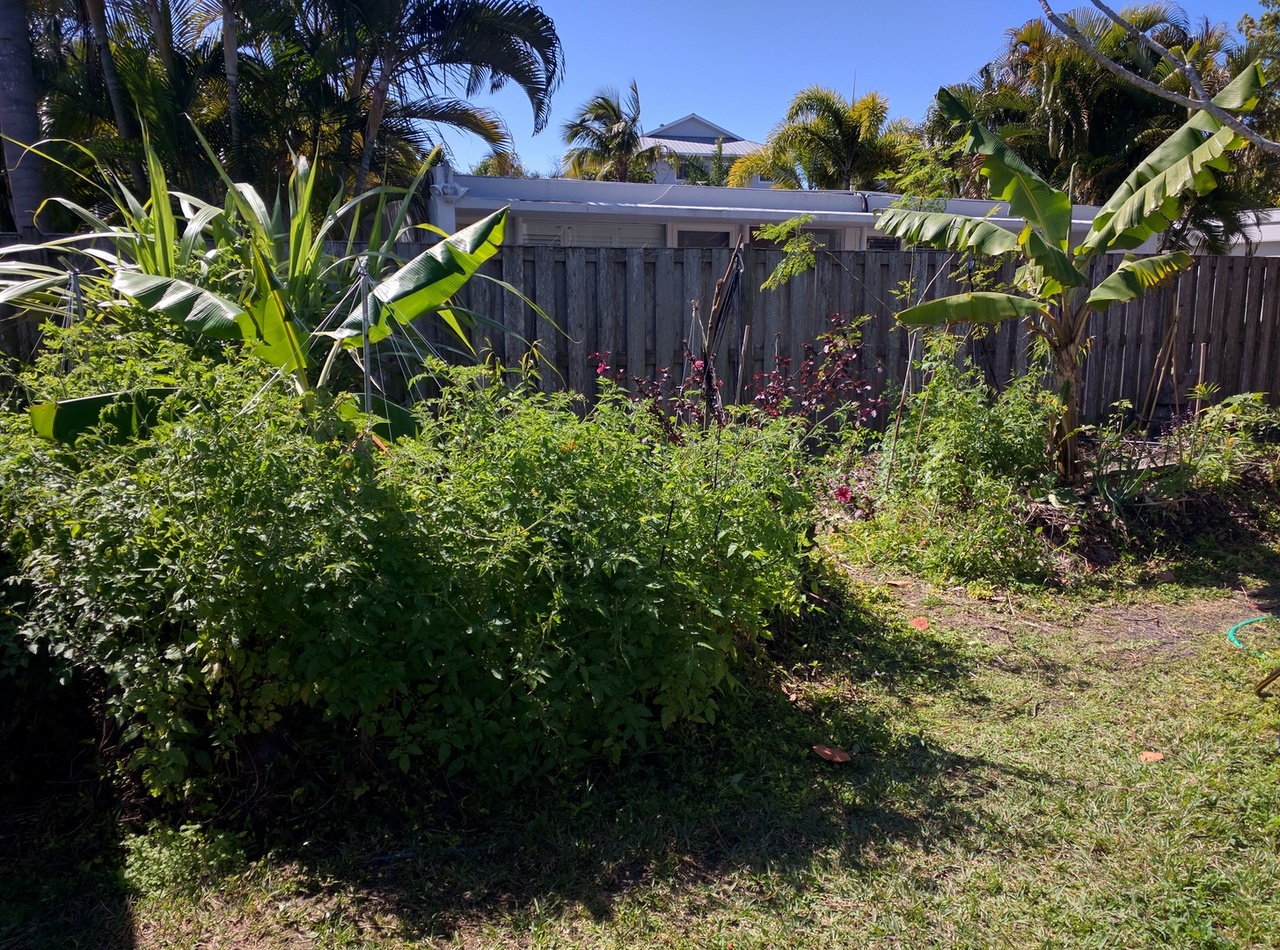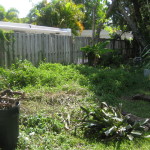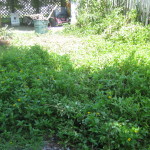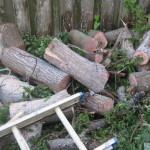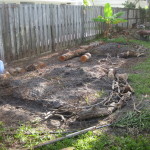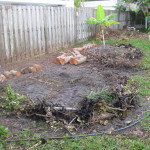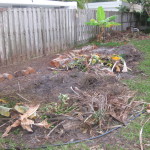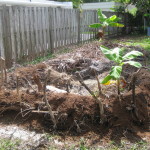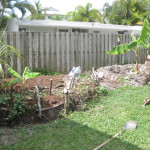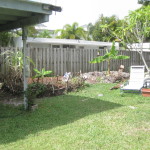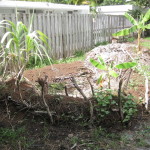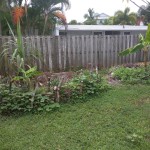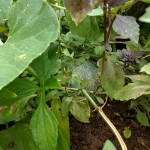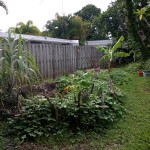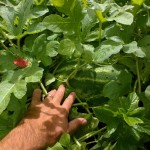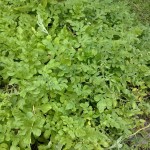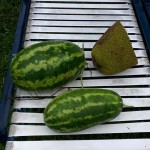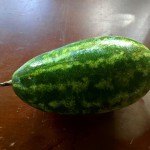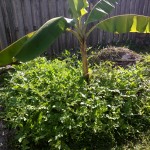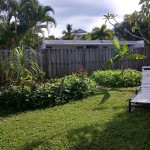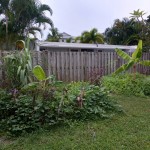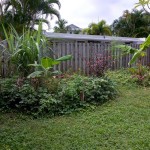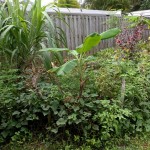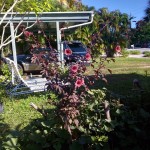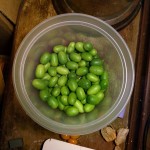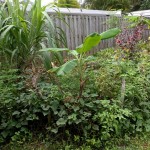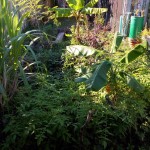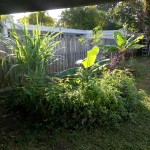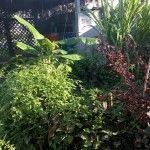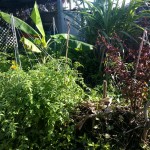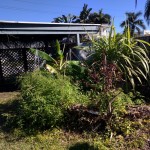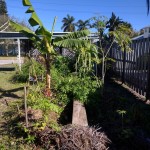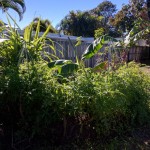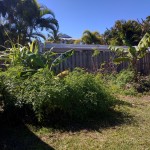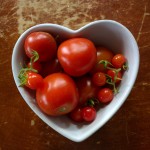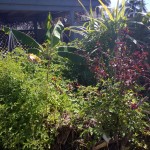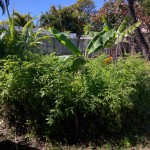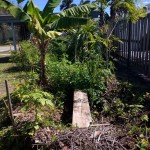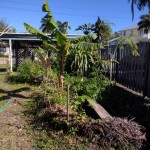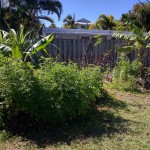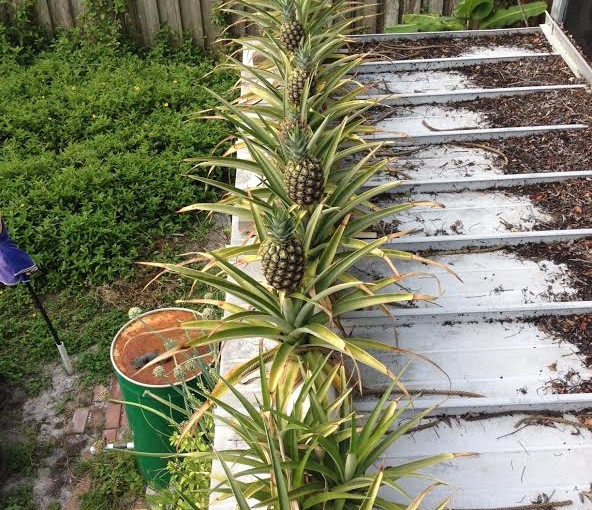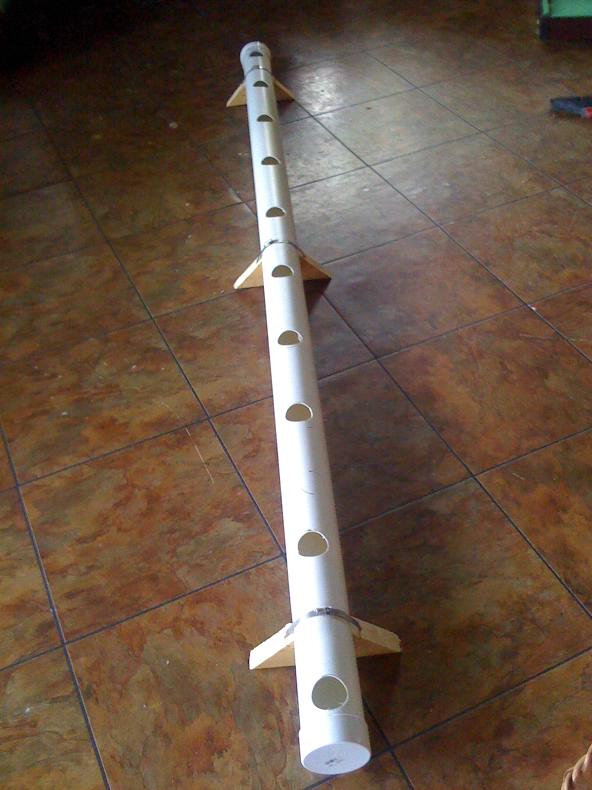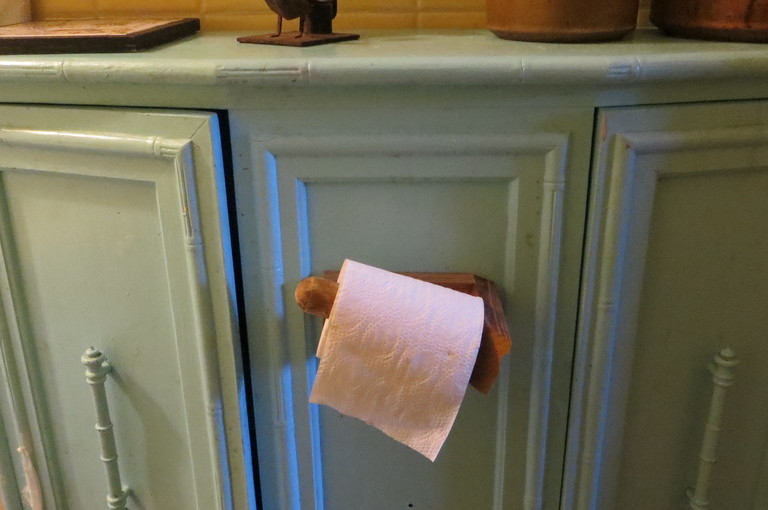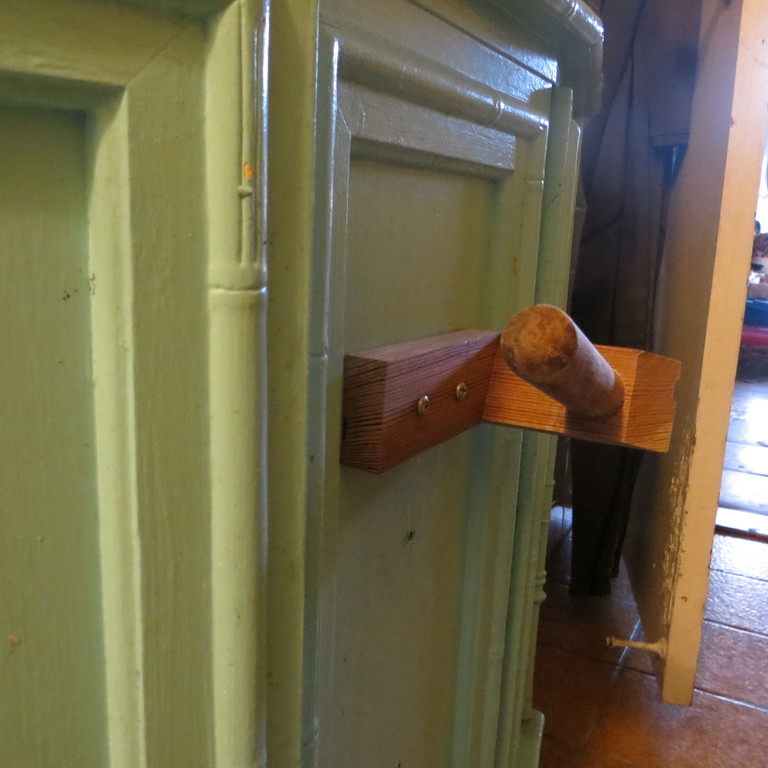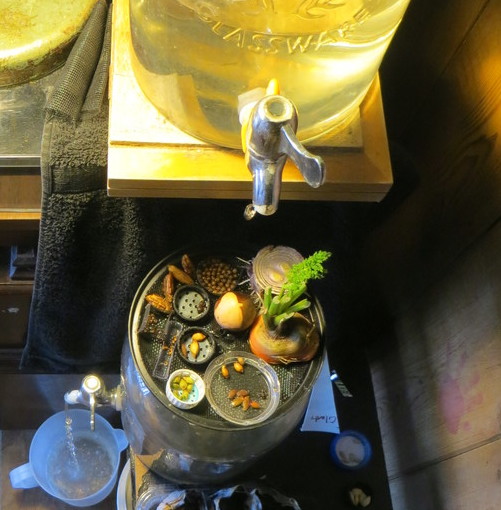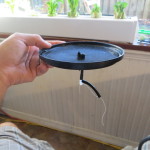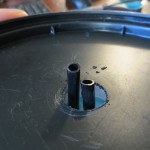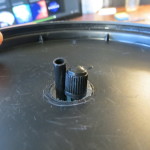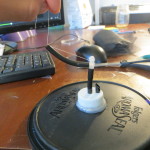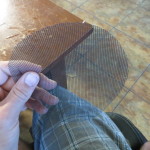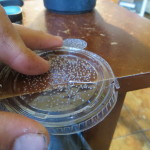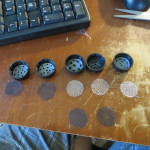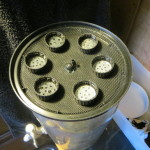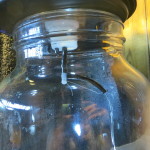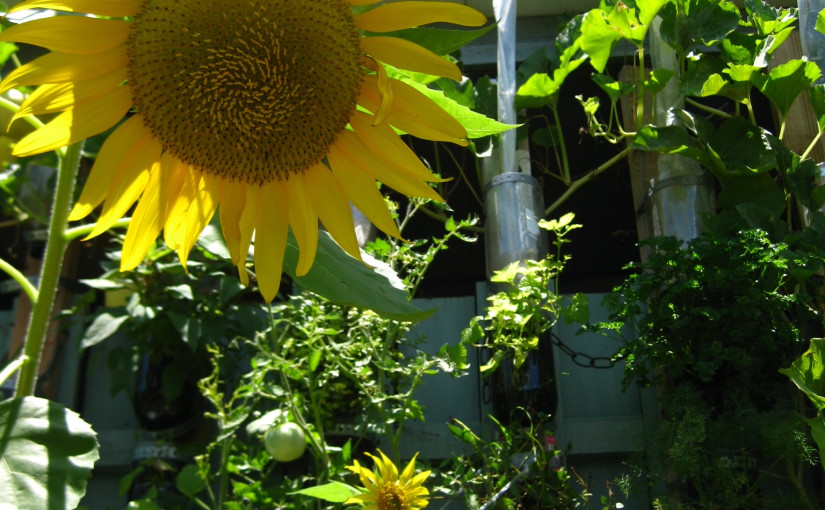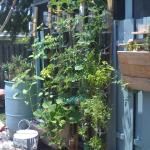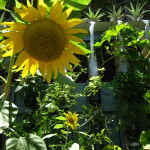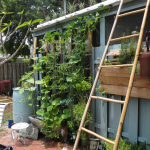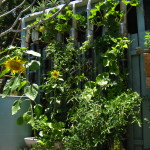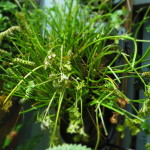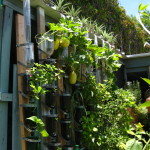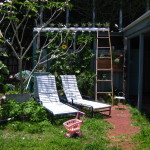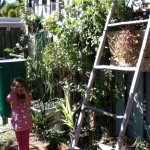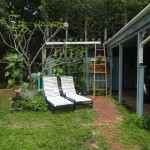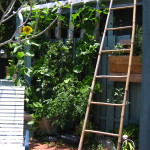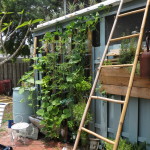/**
* Function: Instantiate With Scope
*
* This function instantiates a function with a given context (scope). Unfortuantly, the javascript "new" keyword doesn't allow you to do this:
* var instance = new PseudoClass.apply(scope,args);
*
* So we have to recreate the functionality of the "new" keyword.
* With ECMAScript 5, we could use following method:
* But it's not cross browser, and we can't gurantee everyone has 5 or greater.
*
* var object = Object.create(PseudoClass,{
* 'id' : {
* value: 'value1',
* enumerable:true // writable:false, configurable(deletable):false by default
* },
* 'name': {
* value: 'value2',
* enumerable: true
* }
* });
*
* So, without further ado:
*
* @author Shaun Moen <shaun@dittyjamz.com>
* @param constructor - a function to instantiate
* @param args - an array of arguments to pass to the constructor
* @param scope - the scope to pass in, which becomes "this" in the instaniated function
**/
Lib.instantiateWithScope = function (constructor, args, scope) {
PseudoClass.prototype = constructor.prototype;
function PseudoClass() {
$.extend(this,scope);
return constructor.apply(this, args);
}
return new PseudoClass();
};
/**
* Object Literal: AutoInitter
*
* Given a selector, the following logic finds all elements with the "auto-init" class
* and calls a function (or constructor) using the provided HTML attributes:
*
* "data-function"
* "data-arguments"
* "data-instantiate".
*
* For each function called, a context or scope is created, which contains
* the property "primaryTarget" that references the
* DOM Element invoking it.
*
* @author Shaun Moen <shaun@dittyjamz.com>
*/
Lib.AutoInitter = {};
Lib.AutoInitter.completedCount = 0;
Lib.AutoInitter.init = function(selector) {
// Find and iterate over .auto-init class elements
$(selector).find('.auto-init').each(function(){
var self = $(this).get(0); //Return the underlying dom element
var key = ($(this).attr('id'))? $(this).attr('id') : 'auto-gen';
// Get the requirements to call or instantiate a function(s).
// The variable "arguments" is reserved by javascript
// so we have to use another name, I picked $arguments.
// Note - there's nothing special about the dollar sign in javascript, it's just a letter.
// both jQuery and Prototype use it as a function name, by iteself :)
var functions = ($(this).attr('data-function'))? $(this).attr('data-function').split(',') : "[]";
var $arguments = ($(this).attr('data-arguments'))? $.parseJSON("[" + $(this).attr('data-arguments') + "]") : "[]";
var instantiates = ($(this).attr('data-instantiate'))? $(this).attr('data-instantiate').split(',') : "[]";
var instances = [];
// Iterate over each function for the current HTML element.
// Elements can invoke multiple functions (and respective arguments), comma delimited.
$.each(functions,function(index,funcName) {
var args = $arguments[index];
var instantiate = JSON.parse(instantiates[index]); //Convert truthy/falsey values to Boolean
var instance = null;
// Force an array for arguments if not already one
if(!$.isArray(args)) {
args = [];
}
// We have to locate the function by name using the window object
// because you can't use a string literal to call the function in javascript.
var funcRef = 'window["' + funcName.replace(/[.]/g,'"]["') + '"]';
// This is a time to use eval :)
eval("var func = " + funcRef + ";");
// Make sure the function exists
if(typeof func === 'function') {
// Should we construct an object with the keyword "new" or just call the function
if(instantiate) {
instance = Lib.instantiateWithScope(func,args,{
primaryTarget : self
});
}
else {
// Just calling a function here
// I'm using a modified window context so I can call native functions
// but user defined functions should work too.
window.primaryTarget = self;
func.apply(window, args);
instance = func;
}
// Register it in our registry so we can help keep track of them.
if(key) {
$(self).data('instance', instances[0]); //Always point to first instance (for convenience)
$(self).data('instances', instances);
}
}
});
});
// Trigger an event saying that we are done insantiating all of our objects.
Lib.AutoInitter.completedCount++;
var event = jQuery.Event("autoInitsComplete");
event.completedCount = Lib.AutoInitter.completedCount;
$(document).trigger(event);
};
$(document).ready(function() {
Lib.AutoInitter.init(this);
});
